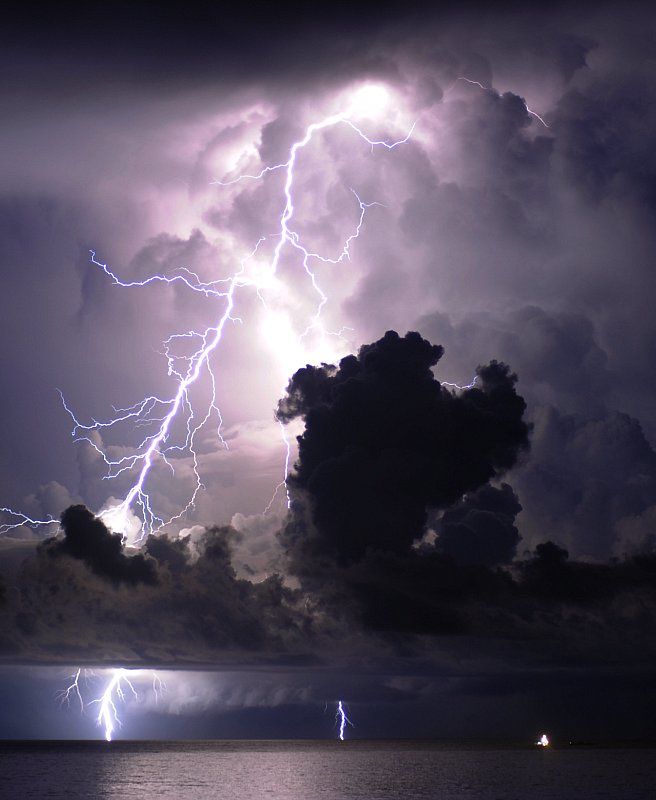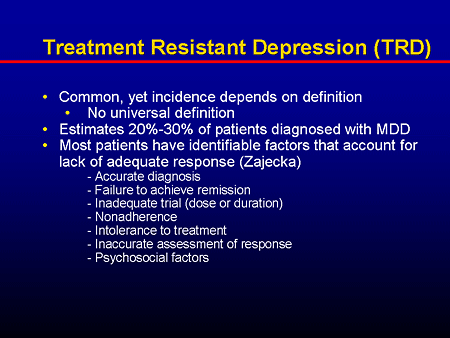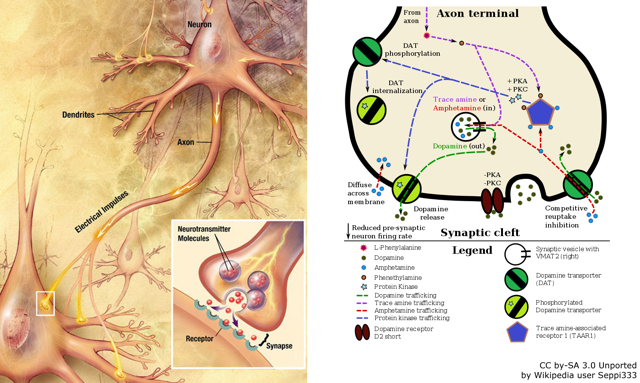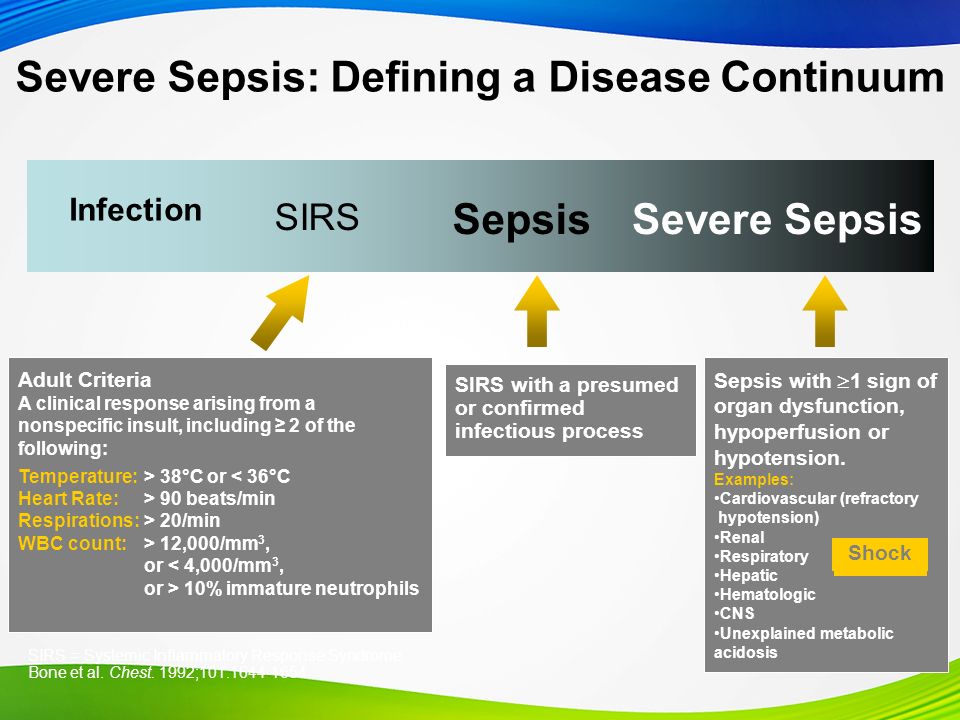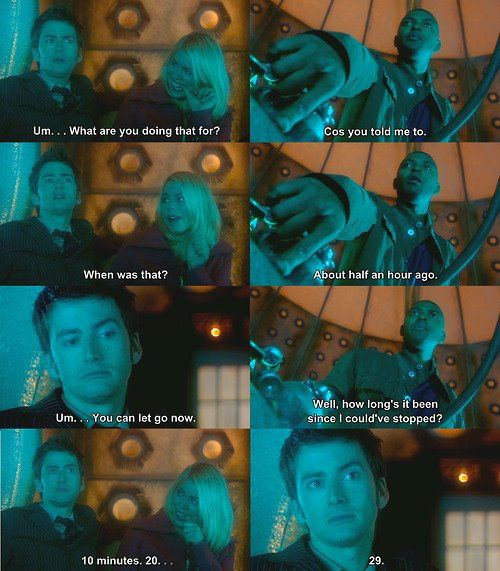Fear of thunderstorms and lightning
Overcoming the Fear of Thunder and Lightning
Anxiety DisordersPhobias
If you or someone you know has a fear of lightning that causes you to hide in your closet or avoid attending events, you may have astraphobia. Find out how you can treat it
Rosemary Black
Are you scared of lightning? Does thunder make you want to curl up in a ball and hide? Do you have a physical reaction when a storm begins, such as sweaty palms or chest pain? Astraphobia is the term for the extreme fear of thunder and lightning. And it’s not just children and adults who can suffer from an extreme and irrational fear of thunder and lightning. This common phobia can also affect animals, so don’t be surprised if your dog starts howling and hiding under the bed at the height of a nasty electrical storm. The term, astraphobia, is derived from the Greek word
astrape which means lightning, and phobos which means fear. Astraphobia can negatively affect and limit the lifestyle of people dealing with the fear, but it is treatable--for both humans and pets.
A person who has astraphobia will frequently check the weather report, says Greta Hirsch, PhD, clinical director of The Ross Center, an outpatient mental health treatment center in Washington, DC. “If they hear that there is a storm coming, they will alter their plans and they may go to extreme degrees to change these plans. And when there is a storm, they may become so afraid they go into a closet in their home and hide,” explains Dr. Hirsch.
People with a phobia of thunder and lightning may avoid situations where a storm might be present, such as camping. Astraphobia may cause them to go irrationally out of their way to avoid bad weather, such as canceling plans at even a slight possibility of a storm. The good news, for those who suffer from astraphobia, is that the condition is treatable.
Causes of Astraphobia
Astraphobia can be attributed to evolution, instinct, and a natural physiologic response, says Alan Manavitz, MD, clinical psychiatrist at Lenox Hill Hospital in New York City.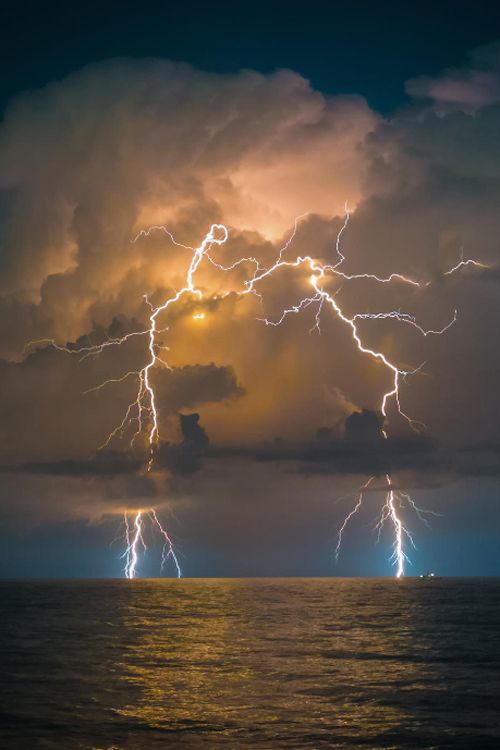 “It can be instinctual or learned or traumatic in origin,” he says. Evolutionarily, it makes sense to want to avoid a storm, since they can very realistically present danger. However, having an overwhelming physical reaction to a storm when you are knowingly safe in a home is a condition that can be overcome.
“It can be instinctual or learned or traumatic in origin,” he says. Evolutionarily, it makes sense to want to avoid a storm, since they can very realistically present danger. However, having an overwhelming physical reaction to a storm when you are knowingly safe in a home is a condition that can be overcome.
When people have had a traumatic experience linked to thunderstorms and lightning, they may be more prone to develop astraphobia. And if a person has witnessed someone getting hurt by thunder and lightning, this can contribute to the development of astraphobia. Those who are generally inclined toward anxiety and fear also may be more prone to develop this phobia.
Additionally, children with autism and those with sensory processing issues tend to develop astraphobia more frequently than other people because they are more sensitive to sound, Dr. Hirsch says.
Astraphobia Symptoms
Individuals who have astraphobia may have feelings of panic before and during a storm.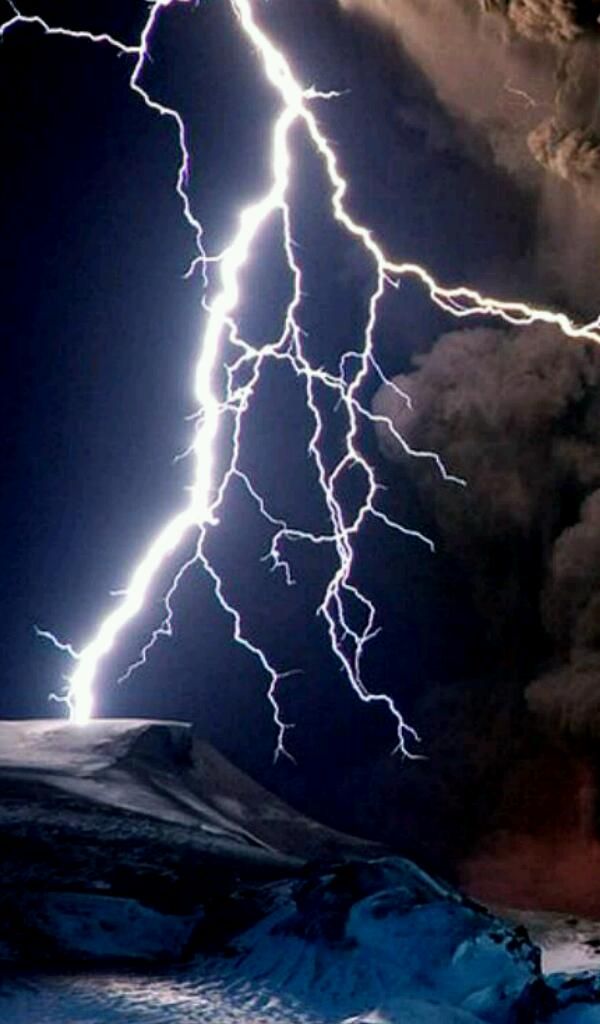 The phobia can cause such symptoms as:
The phobia can cause such symptoms as:
Chest pain
Numbness
Nausea
Heart palpitations and a racing pulse
Breathing difficulty
Sweaty palms
An obsessive desire to monitor the storm
Clinging to others for protection during a storm
Understanding that these feelings are irrational and overblown
Individuals with astraphobia may also feel the need to hide away from lightning and thunder in a closet, bathroom, bathtub, or under the bed, Dr. Manavitz says. “They may cling to others for protection,” he says.
Treatments for Astraphobia
Cognitive behavioral therapy (CBT) can be used to treat astraphobia. “Cognitive behavioral therapy is effective because it retrains our subconscious to rid itself of negative thoughts by retraining our conscious perceptions first,” Dr. Manavitz says.
In cognitive behavioral therapy, the therapist may encourage the person attending to keep an anxiety journal, Dr.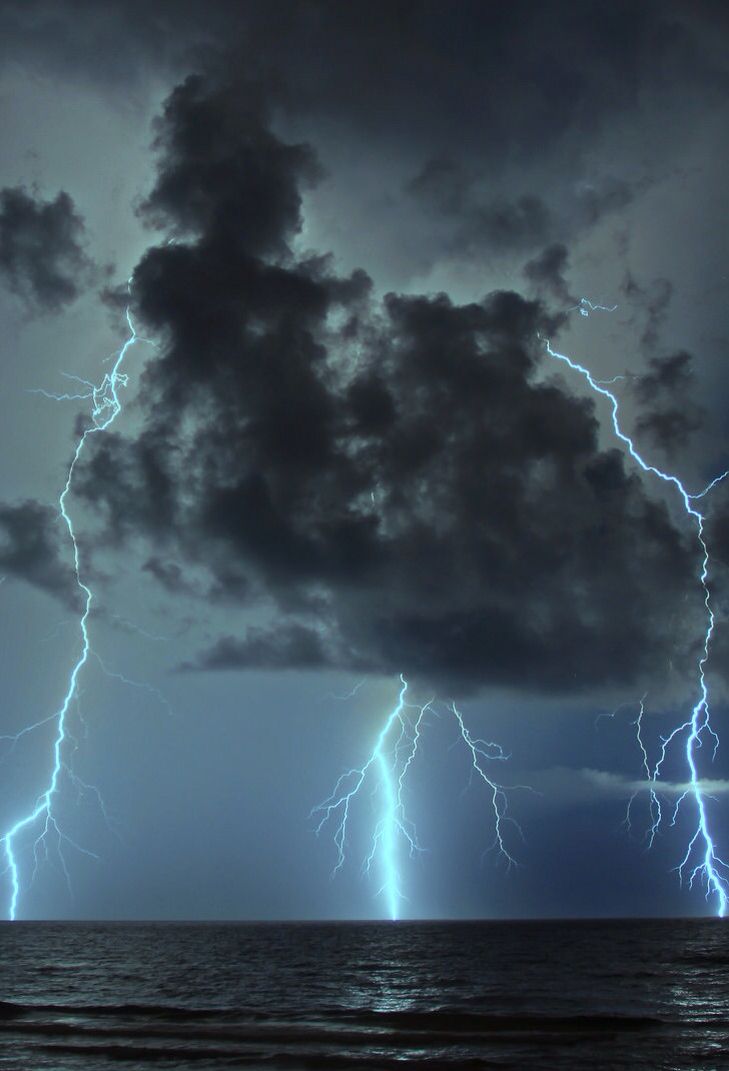 Hirsch says. In the journal, the person may note when there is a storm coming and that they believe that if they don’t hide in their closet, something terrible (like lightning striking the house or a tree falling on the house) will happen. Next, the therapist and patient will look at their negative thoughts together. “The person begins to see that when he or she is having a panic attack and believing these negative thoughts, all it does is make them continue to be fearful,” Dr. Hirsch says. “So the anticipatory anxiety feeds the feelings of loss of control and creates a panicked feeling.” In treatment, this negative way of thinking is gradually replaced with fact-driven, evidence-based thinking, which helps the person to manage their anxiety.
Hirsch says. In the journal, the person may note when there is a storm coming and that they believe that if they don’t hide in their closet, something terrible (like lightning striking the house or a tree falling on the house) will happen. Next, the therapist and patient will look at their negative thoughts together. “The person begins to see that when he or she is having a panic attack and believing these negative thoughts, all it does is make them continue to be fearful,” Dr. Hirsch says. “So the anticipatory anxiety feeds the feelings of loss of control and creates a panicked feeling.” In treatment, this negative way of thinking is gradually replaced with fact-driven, evidence-based thinking, which helps the person to manage their anxiety.
Exposure therapy is also helpful, Dr. Hirsch says. “With exposure therapy, the person may watch videos of storms or listen to the sound of thunder,” Dr. Hirsh says.
Breathing techniques and progressive muscle relaxation can also be useful in treating astraphobia.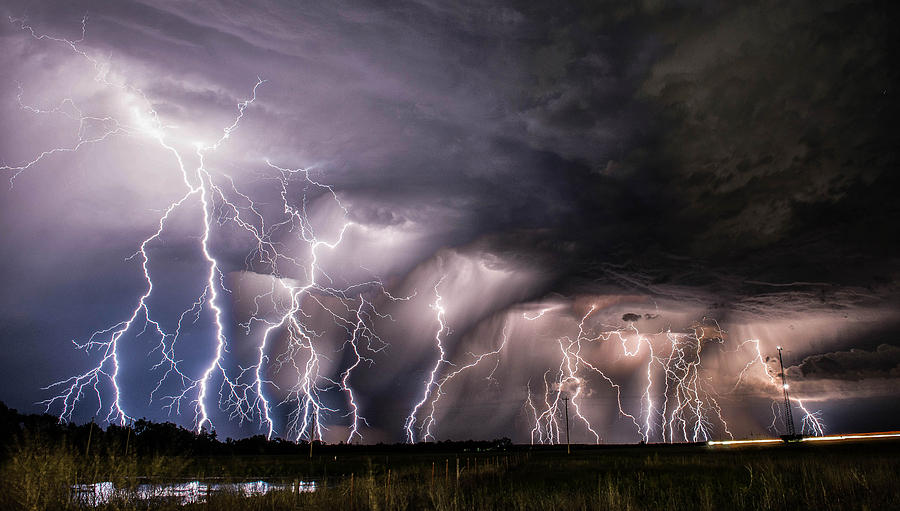
What You Can Do
Don’t constantly look at weather apps. Checking the weather compulsively can make a person with astraphobia think they are keeping themselves safe, “but it really fuels the anxiety,” Dr. Hirsch says. Try limiting yourself to checking the weather in the morning so that you can dress accordingly, but resist hitting the weather app multiple times per day.
Get a referral to a mental health counselor who is trained in CBT. You may even want to have the therapist make a “house visit” during a storm so that you can practice your deep breathing and receive counseling during the actual storm.
Mental health apps and meditation apps are also an easy and accessible option for dealing with astraphobia. There are apps that provide therapy sessions (including CBT), apps that provide guided relaxation techniques, and apps that allow you to journal your fears.
Share with your loved ones that you have an irrational fear of thunder and lightning, and ask for their support.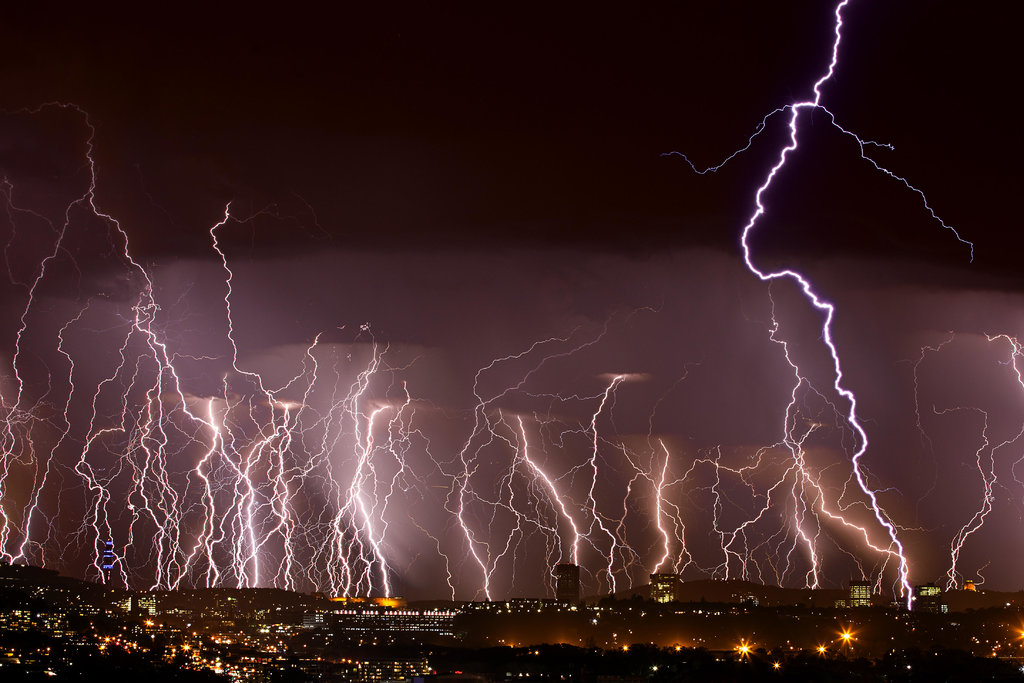 Talking out loud about your fears may help you begin to face them and informing your loved ones that your phobia is limiting you may help decrease additional anxiety you have about missing your loved ones' events and gatherings.
Talking out loud about your fears may help you begin to face them and informing your loved ones that your phobia is limiting you may help decrease additional anxiety you have about missing your loved ones' events and gatherings.
Surprisingly, knowing the rarity of death by lightning strike won't lessen the irrational fear. "During a storm, to calm yourself, count backward from 200 by 3s or 2s. Or talk on the phone," advises Dr. Hirsh. "Doing either of these out loud regulates your breathing." She also says to remind yourself of how many times you've been at home by yourself during a storm, and nothing bad has happened!!
It might feel like you'll never get over this fear, especially if it's something you've been dealing with since you were young, but opening up about your phobia and seeking treatment will help you get over your fear of thunder and lightning.
- https://www.healthline.com/health/astraphobia
- https://www.healthtopia.net/disease/mental-health/phobia/astraphobia-causes-symptoms-treatment
Notes: This article was originally published July 23, 2018 and most recently updated September 12, 2019.
Rosemary Black
Rosemary Black is a veteran journalist who has written about food, health, fitness, and parenting for more than 25 years. A former senior editor at Everyday Health, she was food editor for the New York Daily News and Parade's Dash magazine. Rosemary, the author of four cookbooks, has written for QualityHealth.com and various other websites and magazines. The mom of 7 lives with her family in Westchester County, New York.
Overcoming the Fear of Thunder and Lightning
Anxiety DisordersPhobias
If you or someone you know has a fear of lightning that causes you to hide in your closet or avoid attending events, you may have astraphobia. Find out how you can treat it
Rosemary Black
Are you scared of lightning? Does thunder make you want to curl up in a ball and hide? Do you have a physical reaction when a storm begins, such as sweaty palms or chest pain? Astraphobia is the term for the extreme fear of thunder and lightning.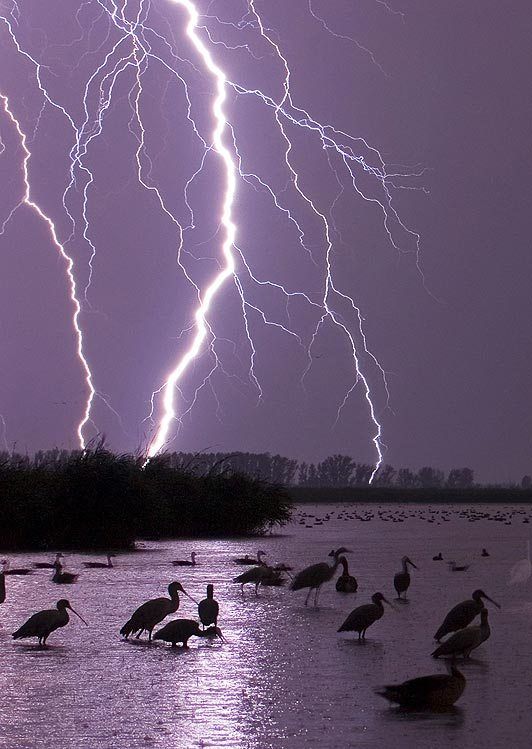 And it’s not just children and adults who can suffer from an extreme and irrational fear of thunder and lightning. This common phobia can also affect animals, so don’t be surprised if your dog starts howling and hiding under the bed at the height of a nasty electrical storm. The term, astraphobia, is derived from the Greek word astrape which means lightning, and phobos which means fear. Astraphobia can negatively affect and limit the lifestyle of people dealing with the fear, but it is treatable--for both humans and pets.
And it’s not just children and adults who can suffer from an extreme and irrational fear of thunder and lightning. This common phobia can also affect animals, so don’t be surprised if your dog starts howling and hiding under the bed at the height of a nasty electrical storm. The term, astraphobia, is derived from the Greek word astrape which means lightning, and phobos which means fear. Astraphobia can negatively affect and limit the lifestyle of people dealing with the fear, but it is treatable--for both humans and pets.
A person who has astraphobia will frequently check the weather report, says Greta Hirsch, PhD, clinical director of The Ross Center, an outpatient mental health treatment center in Washington, DC. “If they hear that there is a storm coming, they will alter their plans and they may go to extreme degrees to change these plans. And when there is a storm, they may become so afraid they go into a closet in their home and hide,” explains Dr. Hirsch.
People with a phobia of thunder and lightning may avoid situations where a storm might be present, such as camping.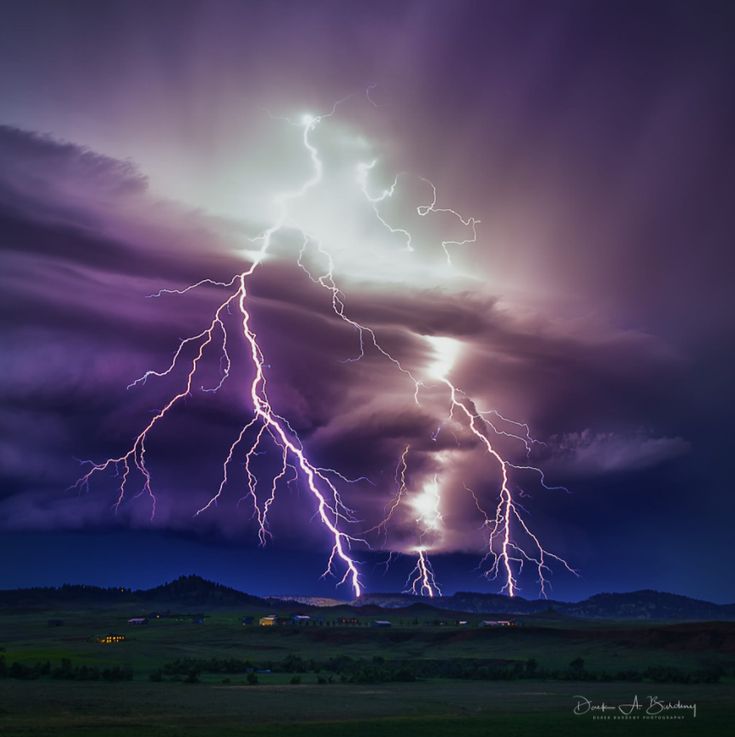 Astraphobia may cause them to go irrationally out of their way to avoid bad weather, such as canceling plans at even a slight possibility of a storm. The good news, for those who suffer from astraphobia, is that the condition is treatable.
Astraphobia may cause them to go irrationally out of their way to avoid bad weather, such as canceling plans at even a slight possibility of a storm. The good news, for those who suffer from astraphobia, is that the condition is treatable.
Causes of Astraphobia
Astraphobia can be attributed to evolution, instinct, and a natural physiologic response, says Alan Manavitz, MD, clinical psychiatrist at Lenox Hill Hospital in New York City. “It can be instinctual or learned or traumatic in origin,” he says. Evolutionarily, it makes sense to want to avoid a storm, since they can very realistically present danger. However, having an overwhelming physical reaction to a storm when you are knowingly safe in a home is a condition that can be overcome.
When people have had a traumatic experience linked to thunderstorms and lightning, they may be more prone to develop astraphobia. And if a person has witnessed someone getting hurt by thunder and lightning, this can contribute to the development of astraphobia.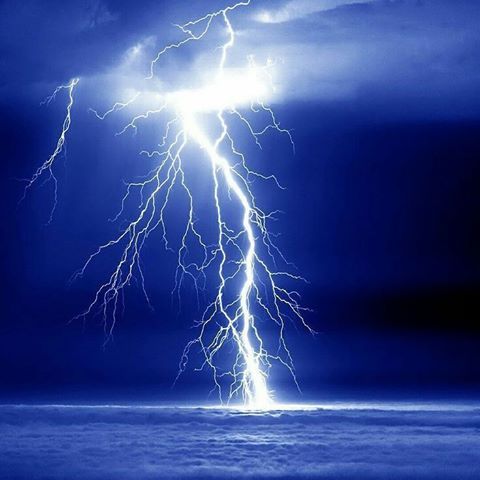 Those who are generally inclined toward anxiety and fear also may be more prone to develop this phobia.
Those who are generally inclined toward anxiety and fear also may be more prone to develop this phobia.
Additionally, children with autism and those with sensory processing issues tend to develop astraphobia more frequently than other people because they are more sensitive to sound, Dr. Hirsch says.
Astraphobia Symptoms
Individuals who have astraphobia may have feelings of panic before and during a storm. The phobia can cause such symptoms as:
Chest pain
Numbness
Nausea
Heart palpitations and a racing pulse
Breathing difficulty
Sweaty palms
An obsessive desire to monitor the storm
Clinging to others for protection during a storm
Understanding that these feelings are irrational and overblown
Individuals with astraphobia may also feel the need to hide away from lightning and thunder in a closet, bathroom, bathtub, or under the bed, Dr.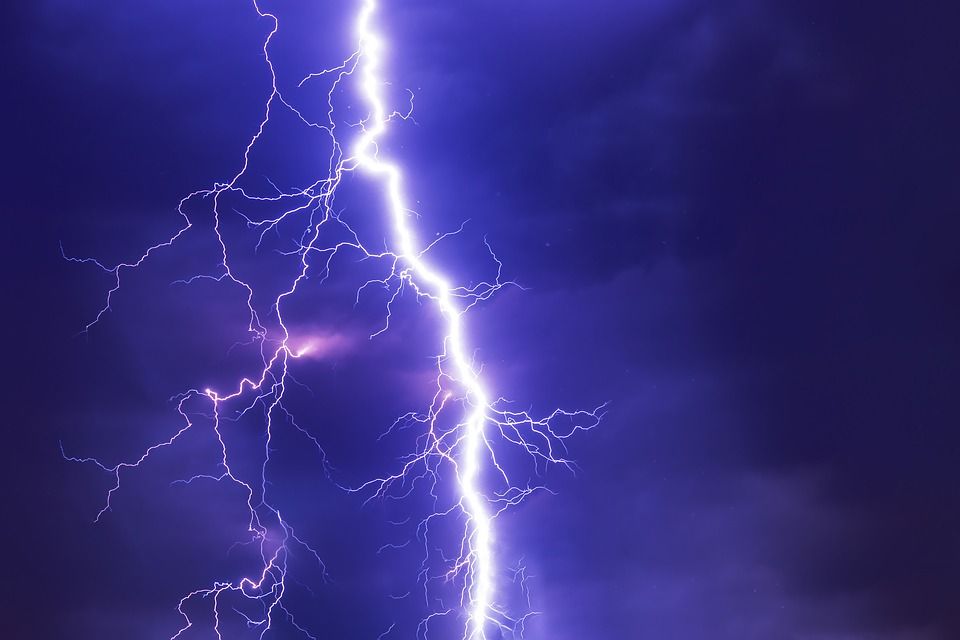 Manavitz says. “They may cling to others for protection,” he says.
Manavitz says. “They may cling to others for protection,” he says.
Treatments for Astraphobia
Cognitive behavioral therapy (CBT) can be used to treat astraphobia. “Cognitive behavioral therapy is effective because it retrains our subconscious to rid itself of negative thoughts by retraining our conscious perceptions first,” Dr. Manavitz says.
In cognitive behavioral therapy, the therapist may encourage the person attending to keep an anxiety journal, Dr. Hirsch says. In the journal, the person may note when there is a storm coming and that they believe that if they don’t hide in their closet, something terrible (like lightning striking the house or a tree falling on the house) will happen. Next, the therapist and patient will look at their negative thoughts together. “The person begins to see that when he or she is having a panic attack and believing these negative thoughts, all it does is make them continue to be fearful,” Dr. Hirsch says. “So the anticipatory anxiety feeds the feelings of loss of control and creates a panicked feeling.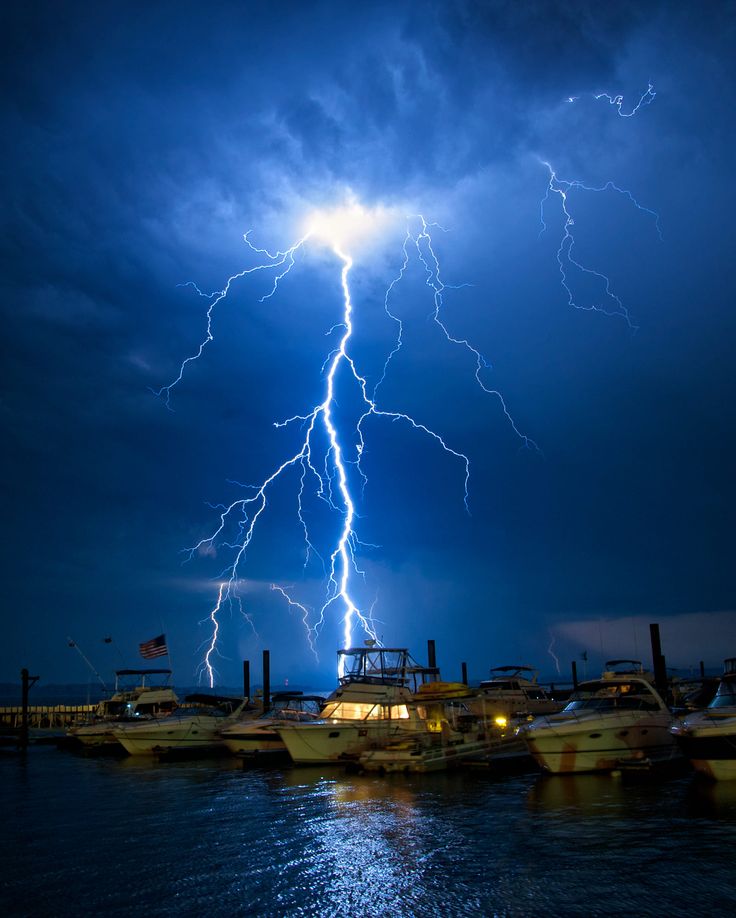 ” In treatment, this negative way of thinking is gradually replaced with fact-driven, evidence-based thinking, which helps the person to manage their anxiety.
” In treatment, this negative way of thinking is gradually replaced with fact-driven, evidence-based thinking, which helps the person to manage their anxiety.
Exposure therapy is also helpful, Dr. Hirsch says. “With exposure therapy, the person may watch videos of storms or listen to the sound of thunder,” Dr. Hirsh says.
Breathing techniques and progressive muscle relaxation can also be useful in treating astraphobia.
What You Can Do
Don’t constantly look at weather apps. Checking the weather compulsively can make a person with astraphobia think they are keeping themselves safe, “but it really fuels the anxiety,” Dr. Hirsch says. Try limiting yourself to checking the weather in the morning so that you can dress accordingly, but resist hitting the weather app multiple times per day.
Get a referral to a mental health counselor who is trained in CBT. You may even want to have the therapist make a “house visit” during a storm so that you can practice your deep breathing and receive counseling during the actual storm.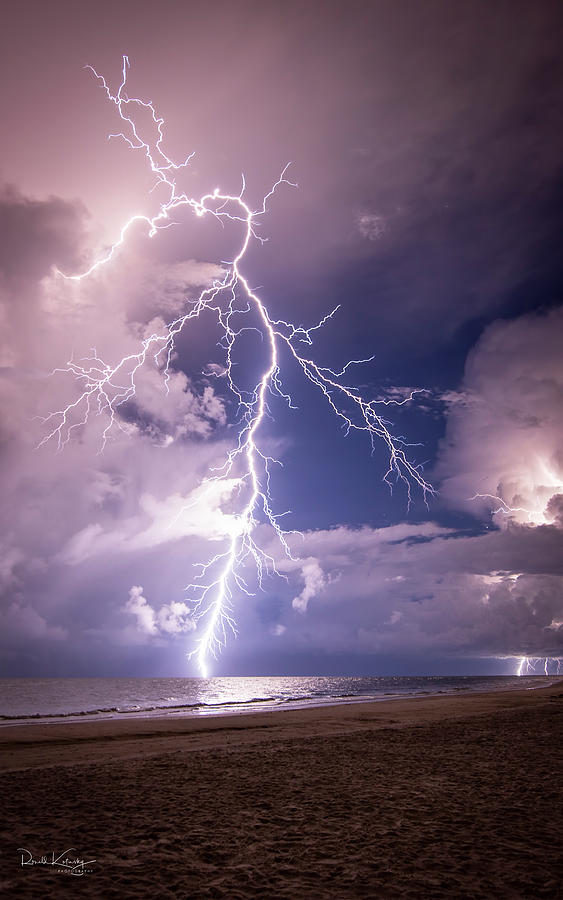
Mental health apps and meditation apps are also an easy and accessible option for dealing with astraphobia. There are apps that provide therapy sessions (including CBT), apps that provide guided relaxation techniques, and apps that allow you to journal your fears.
Share with your loved ones that you have an irrational fear of thunder and lightning, and ask for their support. Talking out loud about your fears may help you begin to face them and informing your loved ones that your phobia is limiting you may help decrease additional anxiety you have about missing your loved ones' events and gatherings.
Surprisingly, knowing the rarity of death by lightning strike won't lessen the irrational fear. "During a storm, to calm yourself, count backward from 200 by 3s or 2s. Or talk on the phone," advises Dr. Hirsh. "Doing either of these out loud regulates your breathing." She also says to remind yourself of how many times you've been at home by yourself during a storm, and nothing bad has happened!!
It might feel like you'll never get over this fear, especially if it's something you've been dealing with since you were young, but opening up about your phobia and seeking treatment will help you get over your fear of thunder and lightning.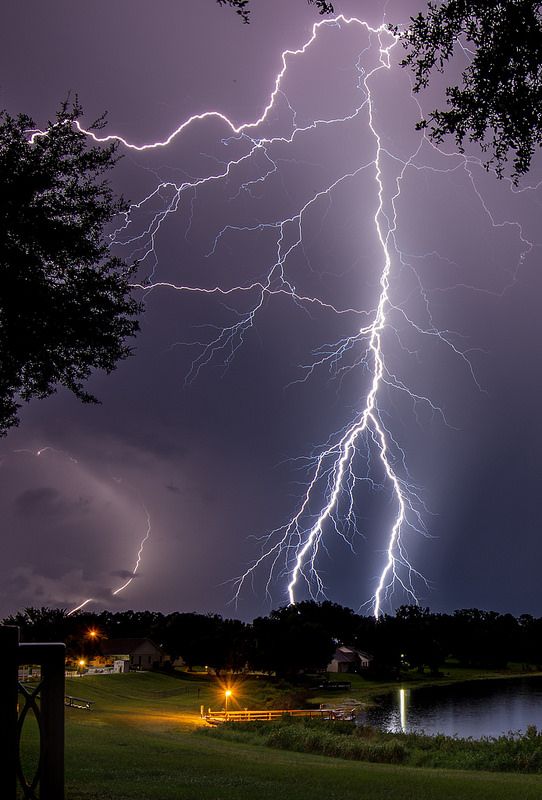
- https://www.healthline.com/health/astraphobia
- https://www.healthtopia.net/disease/mental-health/phobia/astraphobia-causes-symptoms-treatment
Notes: This article was originally published July 23, 2018 and most recently updated September 12, 2019.
Rosemary Black
Rosemary Black is a veteran journalist who has written about food, health, fitness, and parenting for more than 25 years. A former senior editor at Everyday Health, she was food editor for the New York Daily News and Parade's Dash magazine. Rosemary, the author of four cookbooks, has written for QualityHealth.com and various other websites and magazines. The mom of 7 lives with her family in Westchester County, New York.
The child has brontophobia - fear of thunder and thunder. Top tips on how to overcome fear
At one time, the great Russian poet Fyodor Tyutchev wrote about love for a thunderstorm in early May. In fact, the aforementioned natural phenomenon is not admired by everyone. And if even some adults experience fear as soon as they hear the peals of thunder, then what to say about children! Today we will talk about what to do if your baby gets into a stressful state during a thunderstorm, and give some recommendations on how to overcome this fear.
And if even some adults experience fear as soon as they hear the peals of thunder, then what to say about children! Today we will talk about what to do if your baby gets into a stressful state during a thunderstorm, and give some recommendations on how to overcome this fear.
According to statistics, almost every second child feels uncomfortable during a thunderstorm. But fear manifests itself differently in every child. Some may hide in a far corner or snuggle up to an adult in search of protection, thus feeling safe. For others, it comes to crying and serious tantrums. Fear can be accompanied by physiological ailments such as chills, stomach cramps, rapid breathing, increased sweating, and tremors in the limbs. It is very important at such moments not to scold the child and not to shame, but to support him and try to understand the main causes of fear.
Where does a child's fear of thunder come from?
Brontophobia is the scientific name for the fear of thunder and lightning.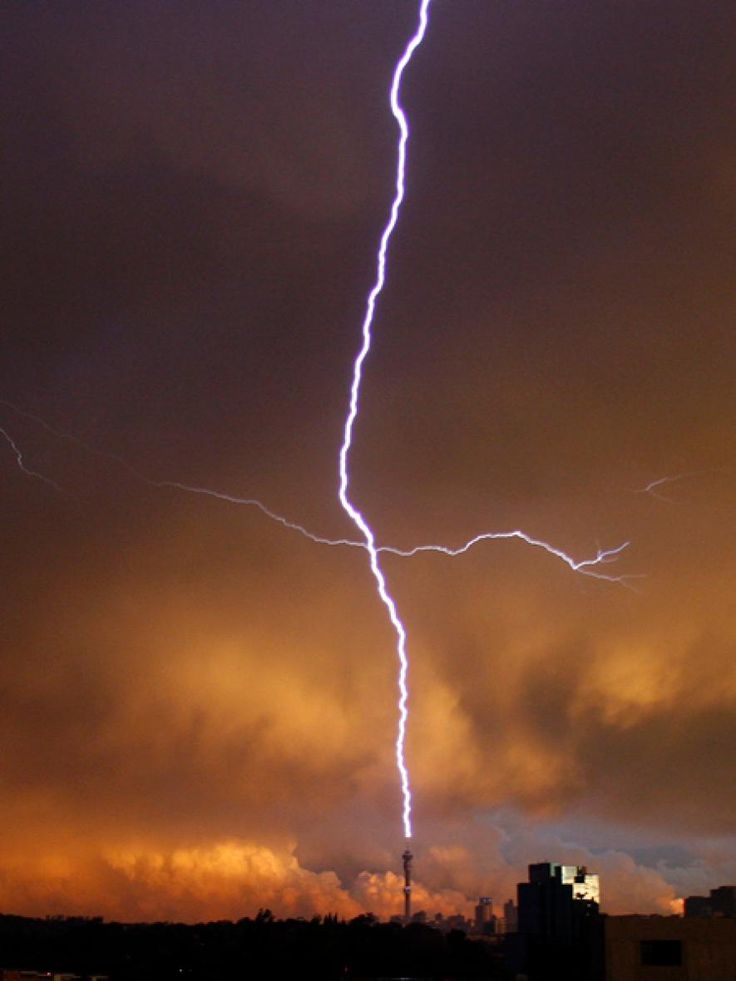 First of all, the instinct of self-preservation works in a person, as he subconsciously feels the danger associated with such a natural phenomenon as a thunderstorm. There are people who begin to experience a feeling of anxiety as soon as they see how black clouds envelop the sky. In adults and adolescents, the fear of thunderstorms is most often associated with negative stories that they have heard from friends or seen on TV. Small children, on the other hand, are frightened by unexpected flashes of lightning and loud sounds of thunder. Older children understand that a thunderstorm is a danger to their life and health, especially if adults told about accidents in their presence. Fear can also be passed on to the child at the genetic level. If parents suffer from brontophobia, then there is a high probability that the child will inherit the fear.
First of all, the instinct of self-preservation works in a person, as he subconsciously feels the danger associated with such a natural phenomenon as a thunderstorm. There are people who begin to experience a feeling of anxiety as soon as they see how black clouds envelop the sky. In adults and adolescents, the fear of thunderstorms is most often associated with negative stories that they have heard from friends or seen on TV. Small children, on the other hand, are frightened by unexpected flashes of lightning and loud sounds of thunder. Older children understand that a thunderstorm is a danger to their life and health, especially if adults told about accidents in their presence. Fear can also be passed on to the child at the genetic level. If parents suffer from brontophobia, then there is a high probability that the child will inherit the fear.
Whatever the cause of fear, it is very important for parents to notice a pathology in a child in time and take all necessary measures to eliminate it.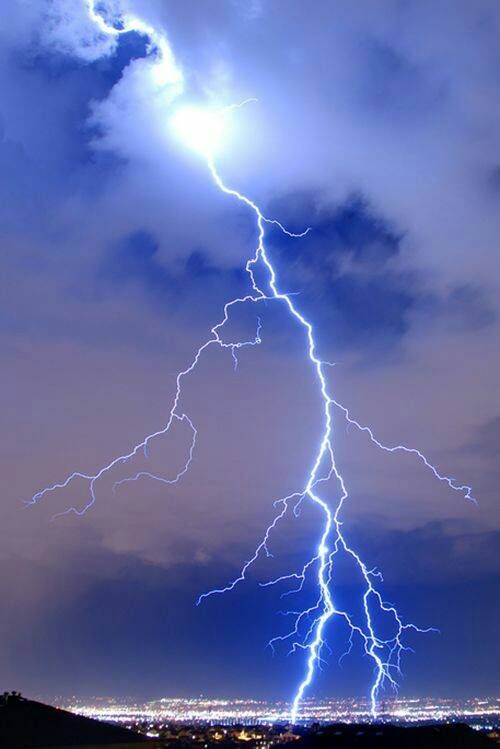 Often, adults do not attach much importance to the situation, believing that fear will disappear on its own with age, and in general, being afraid of a thunderstorm is a completely normal phenomenon. But this is far from true. Over time, childhood fear becomes stronger and can develop into a serious phobia that interferes with adult life. In especially advanced cases, brontophobes are wary of home sockets, thinking that lightning can strike through them. Some are afraid to be in open areas and leave the premises, and once outside during a thunderstorm, they become hysterical.
Often, adults do not attach much importance to the situation, believing that fear will disappear on its own with age, and in general, being afraid of a thunderstorm is a completely normal phenomenon. But this is far from true. Over time, childhood fear becomes stronger and can develop into a serious phobia that interferes with adult life. In especially advanced cases, brontophobes are wary of home sockets, thinking that lightning can strike through them. Some are afraid to be in open areas and leave the premises, and once outside during a thunderstorm, they become hysterical.
How to overcome the fear of thunderstorms in a child?
What to do if your baby experiences negative emotions caused by the approach and the beginning of a thunderstorm?
- Support your child. Never leave him alone during a thunderstorm. If the weather forecast promises heavy rain, then try to refrain from walking and traveling as much as possible.
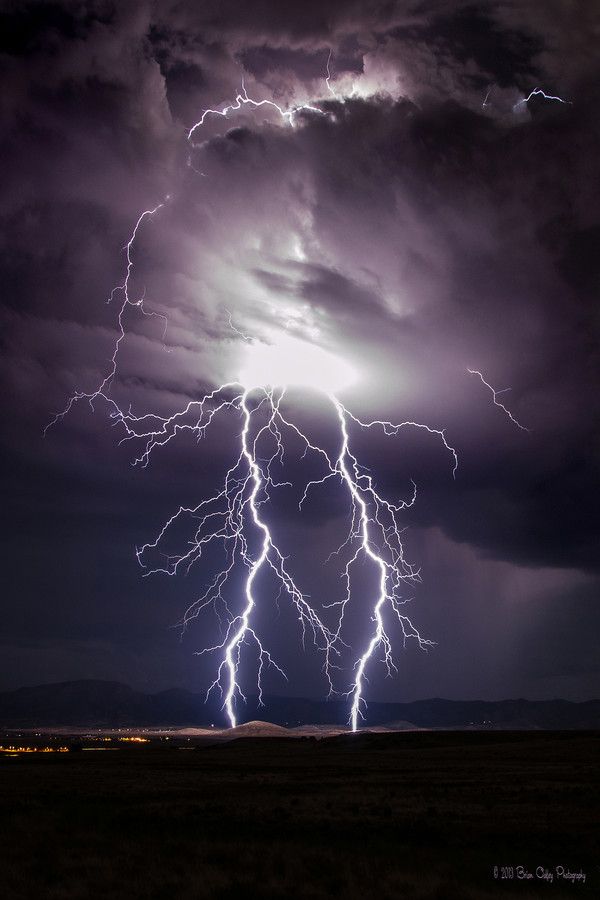
- Talk to your child. Talk about natural phenomena in a language that he understands. Use diminutive words: “cloud”, “rain”, etc.
- Distract the child. During a thunderstorm, turn on interesting cartoons for him, play computer games, read books.
- Create artificial noise - this will help the baby overcome the fear of loud noises. To do this, you can take the usual lids from pots, pans, spoons and other kitchen utensils. Thus, the child will get used to the noise and will be less afraid during a thunderstorm.
- Read books and watch cartoons about thunderstorms. For example, “Luntik”, “Kitten Woof” and others. Show by the example of your favorite heroes that there is nothing terrible in thunder and lightning.
Never scold a child! Try to find out the nature of his fear. To do this, talk heart to heart with him. Let him know that he can completely trust you, and you, in turn, will be able to protect him from any dangers.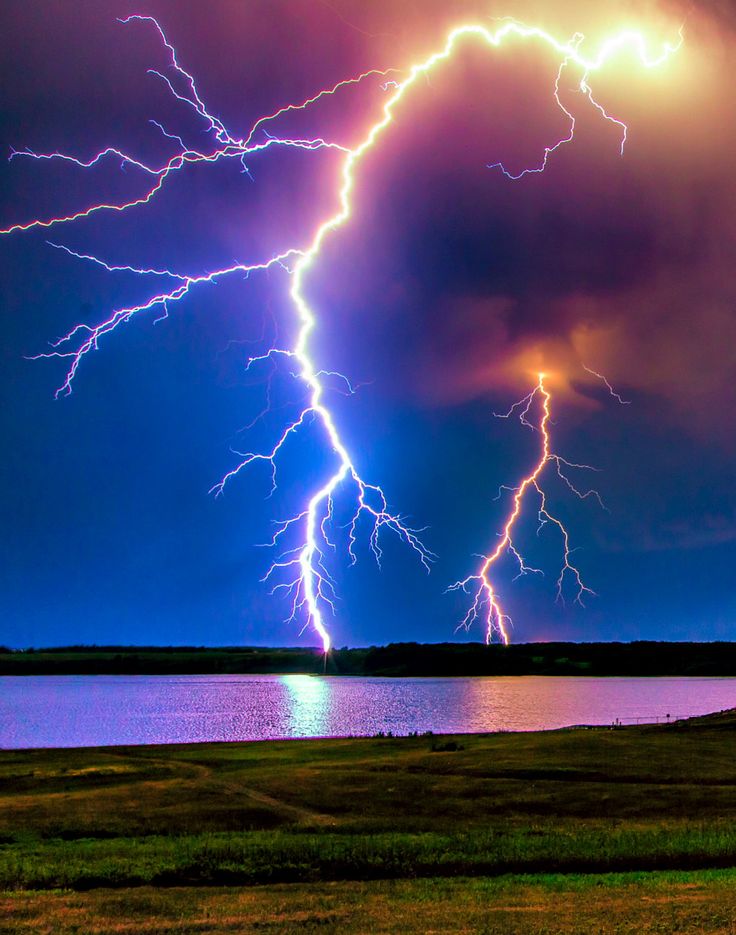 Let the child develop a sense of security.
Let the child develop a sense of security.
Don't lie to your baby and tell him that a thunderstorm is perfectly safe. The child should have an adequate understanding of this natural phenomenon. This will help keep it safe from accidents. Explain that in a thunderstorm it is better to stay at home, do not go to the windows and do not open them, and then nothing bad will happen.
If you too are afraid of thunder and lightning, then try to control yourself. The child, feeling the state of the parents, will also begin to be afraid.
If you are unable to deal with your child's fears on your own, seek professional help.
Did you find the article helpful? Add to bookmarks so as not to lose!
Post Views: 331
how to overcome the fear of thunder and lightning
For most people, such a phenomenon as a thunderstorm cannot pass without any impressions. The element of nature evokes the most diverse range of feelings, but it can have significant individual differences.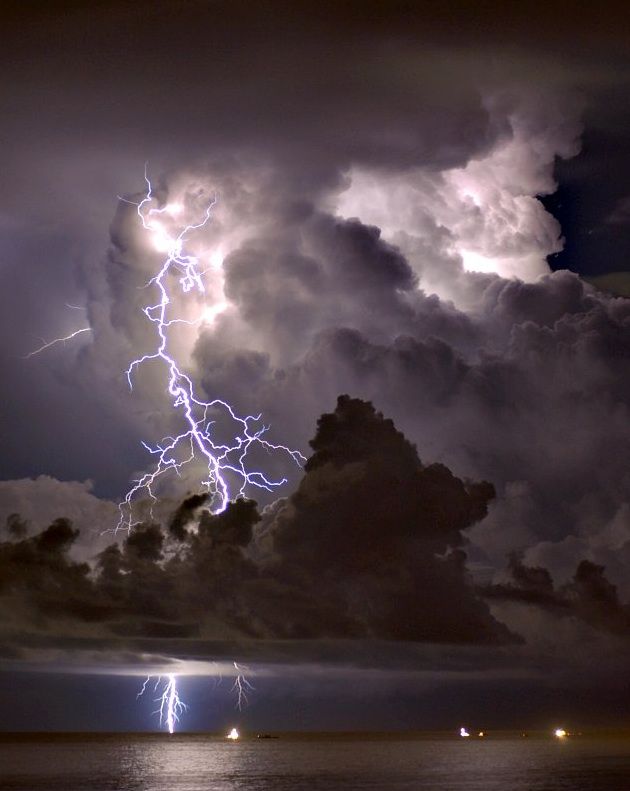 For some, a thunderstorm causes sincere delight, someone is just worried that it will rain, and some things will have to be postponed, or the picnic should be postponed to a more suitable day. But there are many people who are truly afraid of thunderstorms. No, this is not at all that reasonable fear when it would really be right to refrain from swimming in open water, or not to hide under tall trees during this natural phenomenon. In this case, brontophobia takes place - the fear of thunderstorms.
For some, a thunderstorm causes sincere delight, someone is just worried that it will rain, and some things will have to be postponed, or the picnic should be postponed to a more suitable day. But there are many people who are truly afraid of thunderstorms. No, this is not at all that reasonable fear when it would really be right to refrain from swimming in open water, or not to hide under tall trees during this natural phenomenon. In this case, brontophobia takes place - the fear of thunderstorms.
People of any age are susceptible to this phobia, but often among brontophobes there are children. Also susceptible to the disease are people who are impressionable, with a vulnerable psyche. The peculiarity is that among those suffering from this fear there are many people who are not afraid of the very fact of a natural phenomenon, in its physical manifestation. For them, thunder and lightning may be associated with punishment for any negative deeds they have committed in life. Moreover, we are not talking about serious problems that are really considered to be worthy of severe punishment in human society.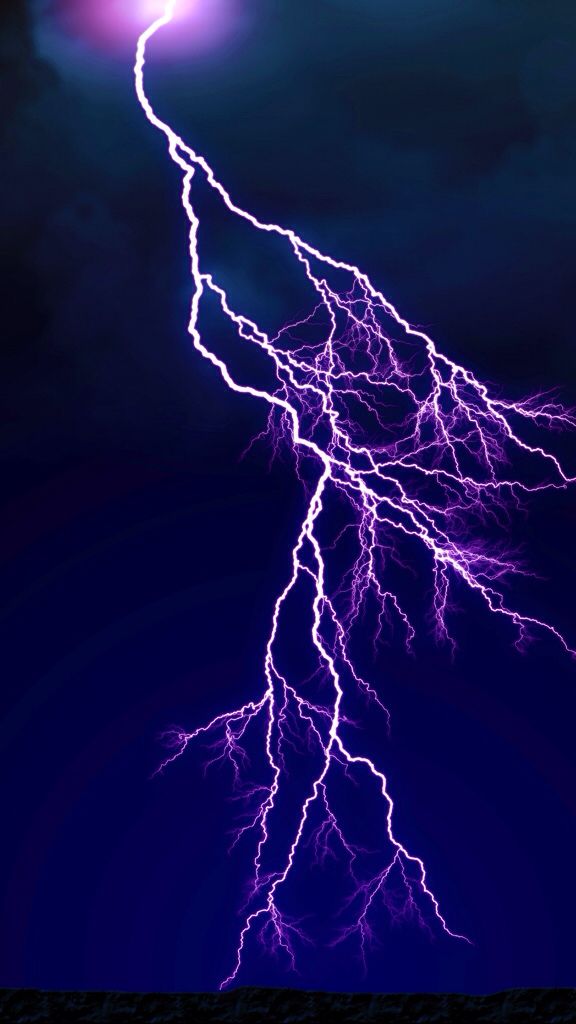
A person may quarrel with a neighbor, be rude to someone, or, for example, violate the rules of the road by driving through an intersection at a red light, crossing the street in the wrong place. When doing minor “wrong” deeds, a person is perfectly aware of this, and subconsciously constantly expects that at any moment he will have to pay for his sins of “various caliber”. Therefore, thunder is perceived by him as a punishment from heaven, a kind of warning, and every time during a thunderstorm, a patient with brontophobia shudders at the thought that this time it will be the last. Religious people, imbued with the consciousness of their sinfulness, as well as the sinfulness of all mankind, are afraid that during a thunderstorm, danger threatens not only them personally, but the whole world.
This phobia causes a lot of controversy in the scientific world. But each individual assumption about its occurrence and the reasons for its development is relevant and quite justified.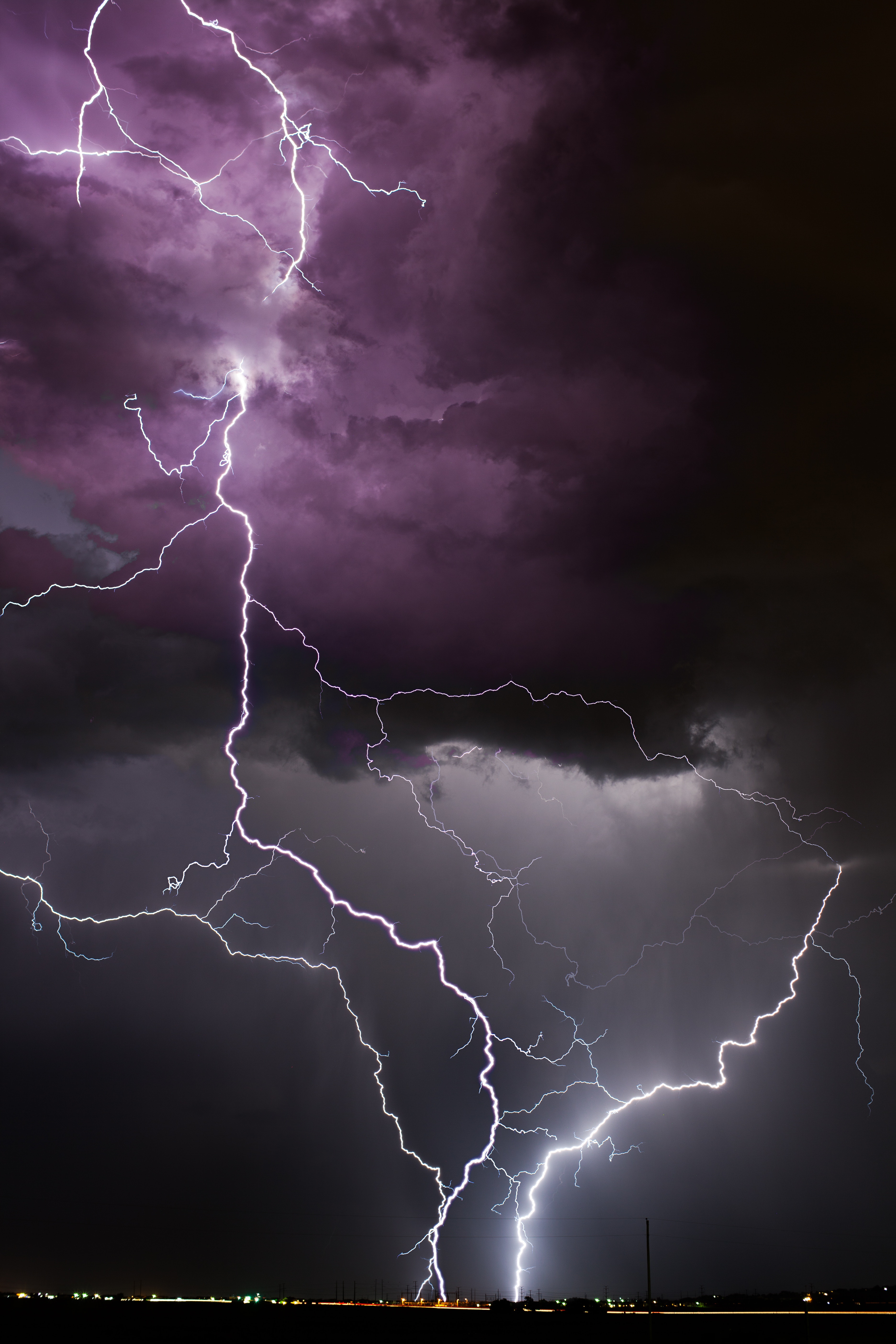 It is known that in childhood, almost every child has his own horror stories. For some, this is a dark room, an attic of a grandmother's village house, a pantry without windows, and much more. It is over time that most adults remember their fears with a smile, but in early childhood all this was of vital importance!
It is known that in childhood, almost every child has his own horror stories. For some, this is a dark room, an attic of a grandmother's village house, a pantry without windows, and much more. It is over time that most adults remember their fears with a smile, but in early childhood all this was of vital importance!
The human psyche is arranged in such a way that after a while all unpleasant events lose their relevance, and memory prefers to keep positive moments. That is why, sometimes it is extremely difficult to figure out why during a thunderstorm a person's eyes are filled with boundless horror. What does a patient with brontophobia see in the peals of thunder, and what images does the sick imagination draw? The ominous darkness of the clouds during a thunderstorm really looks quite impressive, and terrible lightning flashes from under them, and peals of thunder shake the earth. Neither loudly turned on music, nor tightly drawn curtains on the windows save from this. It seems to the patient that the whole world is falling apart.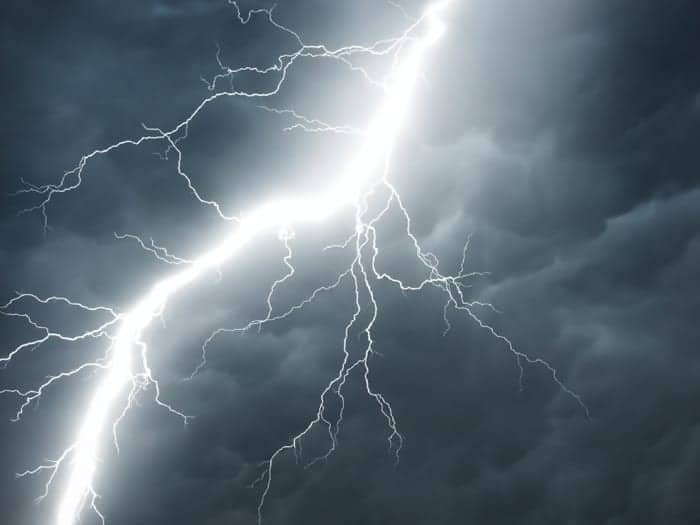 Of course, this really causes fear, especially if you take into account that the elements are uncontrollable, and any surprises can be expected.
Of course, this really causes fear, especially if you take into account that the elements are uncontrollable, and any surprises can be expected.
Brontophobia has a certain archaic moment - the fear of a thunderstorm was inherited by a person from his distant ancestors. In ancient times, such natural phenomena were regarded as the wrath of the gods. Plus, there are cases when lightning really hit people. And although such episodes are rare, they are often discussed in television programs, and the information is repeated many times in the conversation of adults. Children, as you know, love to listen to what adults are talking about, and draw their own, not always correct conclusions.
If a thunderstorm starts, a brontophobe, even being in his own house, where it is completely safe, tries to hide more securely, and the best thing is to hide in a closet, or lie down in bed, covered with a blanket over his head. If we are talking about a child, then a frightened baby hangs on his mother’s neck, and cannot calm down until the thunderstorm subsides.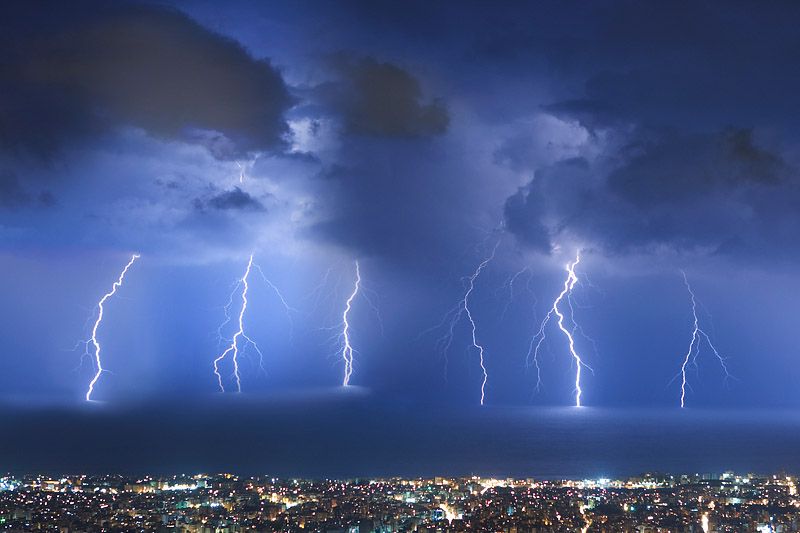 Some parents believe that such behavior is best left unattended so that the child realizes that there is nothing dangerous and scary. But you should know that the remaining fear in the future can greatly complicate a person's life.
Some parents believe that such behavior is best left unattended so that the child realizes that there is nothing dangerous and scary. But you should know that the remaining fear in the future can greatly complicate a person's life.
How to help a little brontophobia? To enable the child to get rid of fear, parents should definitely discuss this problem with him, and try to find out what exactly scares the baby so much. As a rule, almost all children explain that thunder frightens them with its unpredictability, incomprehensibility. And, as you know, what is incomprehensible often seems scary. Adults should explain to the child at what point thunder is expected, where it comes from. The same can be said about lightning, the child must be made to understand that this is nothing more than a big spark among the clouds. Of course, if the child is of school age, the explanation must be made using the laws of physics as an example.
Fear of a thunderstorm: how to stop being afraid of thunder and lightning
Nature has no bad weather.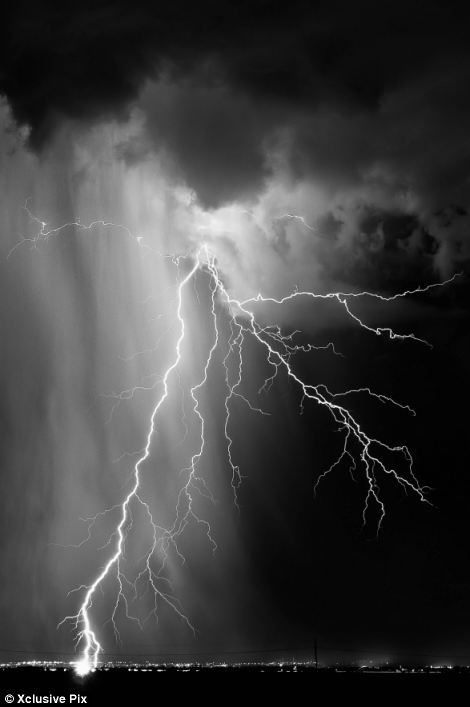 However, weather conditions often affect the well-being and mood of adults and children. Clear warm sunny days give us pleasure, provide a great mood, motivate us to exploits. In gloomy rainy seasons, we can be overwhelmed by melancholy and apathy. We meet the summer heavy rain, which has fallen after the sweltering heat, with joy and relief. At the same time, a terrible thunderstorm, sonorous peals of thunder, sparkling flashes of lightning bring many adults and children into tension and cause fear.
However, weather conditions often affect the well-being and mood of adults and children. Clear warm sunny days give us pleasure, provide a great mood, motivate us to exploits. In gloomy rainy seasons, we can be overwhelmed by melancholy and apathy. We meet the summer heavy rain, which has fallen after the sweltering heat, with joy and relief. At the same time, a terrible thunderstorm, sonorous peals of thunder, sparkling flashes of lightning bring many adults and children into tension and cause fear.
Fear of a thunderstorm: when natural fear becomes pathological
The fear of thunder and lightning in most people is a reasonable natural reaction. Fear of a thunderstorm is a natural protective mechanism designed to warn a person about the existence of a real danger to her life and health. This anticipatory response helps mobilize the body's resources to carry out actions to avoid the threat. The rational fear of thunder and lightning stops people from reckless behavior, directs them to find solutions to prevent a tragic catastrophe.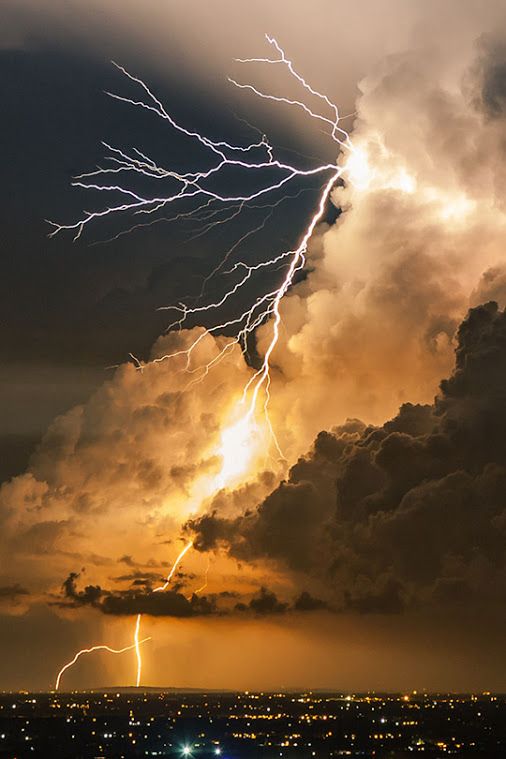 Thanks to the natural fear of a thunderstorm, mankind has invented many ways to protect against lightning strikes, for example: a lightning rod.
Thanks to the natural fear of a thunderstorm, mankind has invented many ways to protect against lightning strikes, for example: a lightning rod.
Man's timid attitude towards such a formidable natural phenomenon has objective grounds, since there is a real threat of becoming a victim of a stormy destructive bad weather. The danger posed by peals of thunder and flashes of lightning has always disturbed man. Our distant ancestors waited with bated breath for the outcome of the events taking place in the thundering fiery air space. In the past, some peoples considered a thunderstorm a manifestation of the wrath of the Gods and met a thunderstorm with horror. Even today, in the age of technological revolution and the triumph of science over religion, leading scientific minds cannot give an unambiguous definition of the nature of lightning formation.
Why are many people afraid of thunderstorms? In most cases, the fear of this bad weather is justified. About 6,000 lightning strikes every minute on Earth.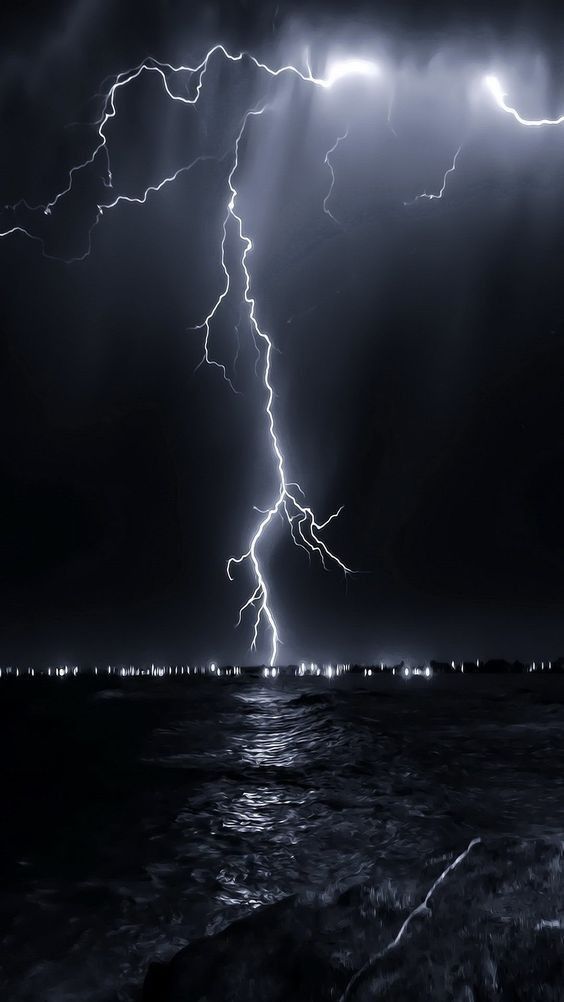 Statistics show that more people die from the effects of lightning strikes than from tornadoes and hurricanes. Only there are more victims of floods than people affected by fast fiery zigzags. According to official data, more than one thousand inhabitants of the planet lose their lives every year from the formidable "God's punishment".
Statistics show that more people die from the effects of lightning strikes than from tornadoes and hurricanes. Only there are more victims of floods than people affected by fast fiery zigzags. According to official data, more than one thousand inhabitants of the planet lose their lives every year from the formidable "God's punishment".
Why are many people afraid of thunder and lightning? Because a strong electric discharge that descended from heaven brings considerable damage to humanity. A fiery zigzag that reaches the ground can kill livestock. Electric discharges emanating from a thundercloud can cause severe fires, leading to the destruction of residential buildings and public buildings. Lightning that strikes the ground near a building can easily enter the building's power grid through the protective earthing system, causing damage and failure of electrical equipment.
Ball lightning is especially terrible. If an incandescent fireball explodes, all liquid in the vicinity evaporates, and glass and metal items melt. Ball lightning can easily penetrate closed spaces. Cases are described when a plasma ball appeared from sockets, a working TV, or even arose on board aircraft.
Therefore, for most people, anxiety and the desire to protect themselves during a thunderstorm is a completely normal and natural state. However, there are many adults and children who experience an irrational, uncontrollable and uncontrollable, obsessive fear of thunder and lightning. Their panic horror is groundless and has no logical explanation, since they are constantly afraid of this natural bad weather: both directly during a thunderstorm, and in anticipation of bad weather with rain, thunder and lightning.
In such people, the cautionary emotion of fear has crossed the line of normality, transforming into an annoying phobic anxiety. Pathological phobia of thunderstorms is a well-studied disorder that goes by several names in medical circles. The phobic fear of lightning is called astraphobia, astrapophobia, keraunophobia.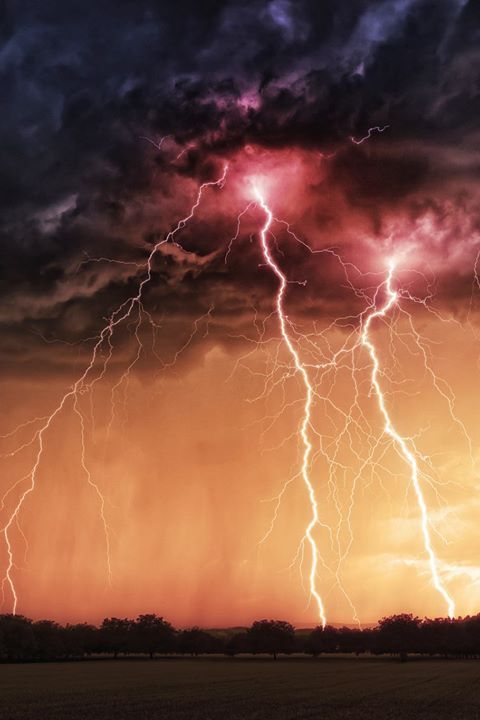 The irrational fear of thunder is described under the name "brontophobia" or "tonitrophobia".
The irrational fear of thunder is described under the name "brontophobia" or "tonitrophobia".
Why there is a fear of a thunderstorm: causes of fear of thunder and lightning
Astrapophobia is observed in people of different ages, but a greater number of cases are children and adolescents. It should be pointed out that the older the patient, the worse the prognosis of the disease, the more obsessive nature of the disorder, the more difficult it is to eliminate the painful symptoms of fear of thunderstorms. Both rural residents and urban population can become a victim of brontophobia. Many people who have a panic fear of a thunderstorm live in rural areas, especially in remote and sparsely populated areas.
There are two categories of adults affected by this phobic anxiety disorder. The first group is people with a good level of education, holding prestigious positions and leading active social activities. Such persons are aware of technical innovations and scientific developments.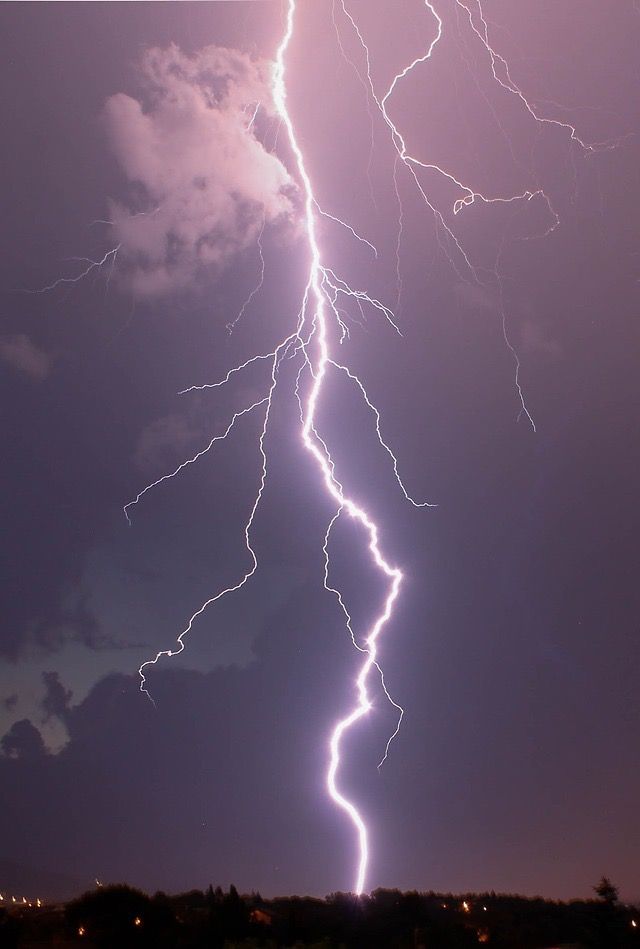 They realize that their fear of thunder and lightning is exaggerated and often devoid of logical foundations. They make a strong will to overcome their fear. However, the panic horror before a thunderstorm turns out to be stronger than the existing volitional resources and arguments of the mind.
They realize that their fear of thunder and lightning is exaggerated and often devoid of logical foundations. They make a strong will to overcome their fear. However, the panic horror before a thunderstorm turns out to be stronger than the existing volitional resources and arguments of the mind.
Often the main cause of astrapophobia in such subjects is information overload. Due to their kind of activity, continuous employment, the need to have constantly updated information, they experience significant mental and mental overload. This problem is joined by the negative impact of the lack of proper rest and the lack of sufficient physical activity. As a result, the protective reserves of the body weaken, mental resources are depleted. Mental overload leads to the fact that the existing "cognitive filters" cannot fully classify, systematize, sort information into useful, objective information and harmful, false attitudes. Thus, prerequisites are created for the emergence of irrational fears and groundless anxieties.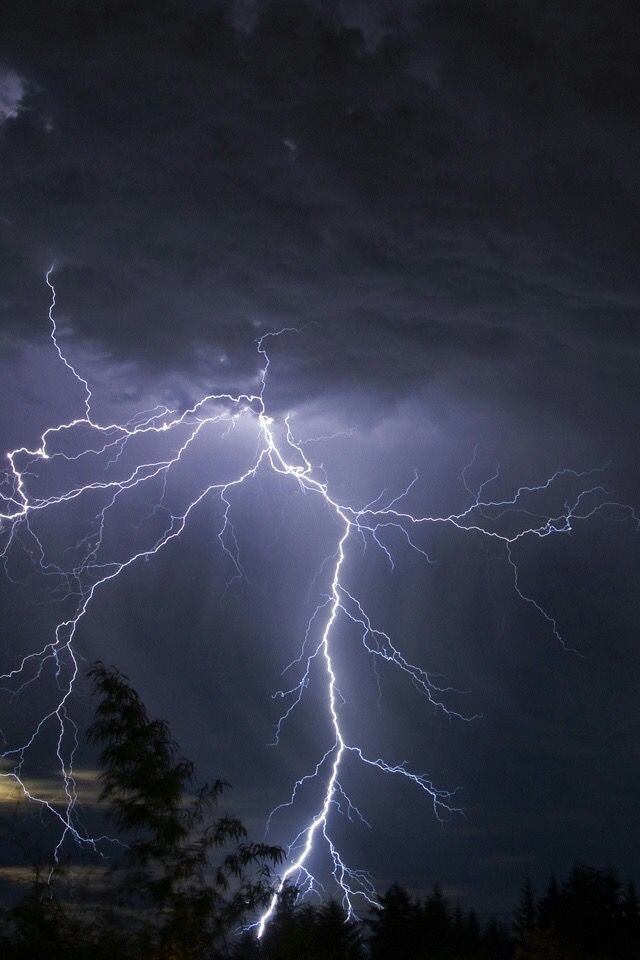
The second group of people covered by astrapophobia are people with a low level of education and insufficient intellectual abilities. They suffer from a lack of useful knowledge and skills. Their comprehensive ignorance, wild illiteracy does not allow to distinguish true information from false conjectures.
These unenlightened and undeveloped individuals often have a fear of mystical phenomena. Many of them believe in the veracity of myths, legends, tales. They consider natural bad weather as a manifestation of the will of some higher powers.
Often their false belief is based on beliefs that come from the religious beliefs of Ancient India. In Indian literature, Indra was one of the most powerful gods of the Rigvedic pantheon. He was the god of thunder, the god of rain. His weapon, called vajra ("lightning"), was designed to strike all enemies and revive the brave and worthy warriors who fell in battle.
In the religion of the Slavs, the most ancient supreme male deity was Rod - the god of the sky and thunder, fertility. He was the master of all living things, the birth of children depended on his desire. In the Slavic language, the root "genus" meant a fiery red color. Ball lightning was called "rhodium".
He was the master of all living things, the birth of children depended on his desire. In the Slavic language, the root "genus" meant a fiery red color. Ball lightning was called "rhodium".
One of the highest male deities of the mythology of the Eastern Slavs was Perun - the god of thunder, thunder and lightning. The name of this thunderer means "striking, smashing with thunder and lightning." Perun, who was considered the lord over all, was very much afraid. Bulls were sacrificed to him. Even after the adoption of Christianity and the overthrow of Perun, he was treated as a living being.
Such echoes of primitive fears among ancient peoples are reflected in the inner world of some people. At the subconscious level of the psyche, some subjects experience a panic fear of gods and higher beings. The subconscious fear of divine punishment is the foundation for the emergence of astrapophobia.
The basis for the emergence of an illogical fear of thunder and lightning may be a person's conviction of his guilt.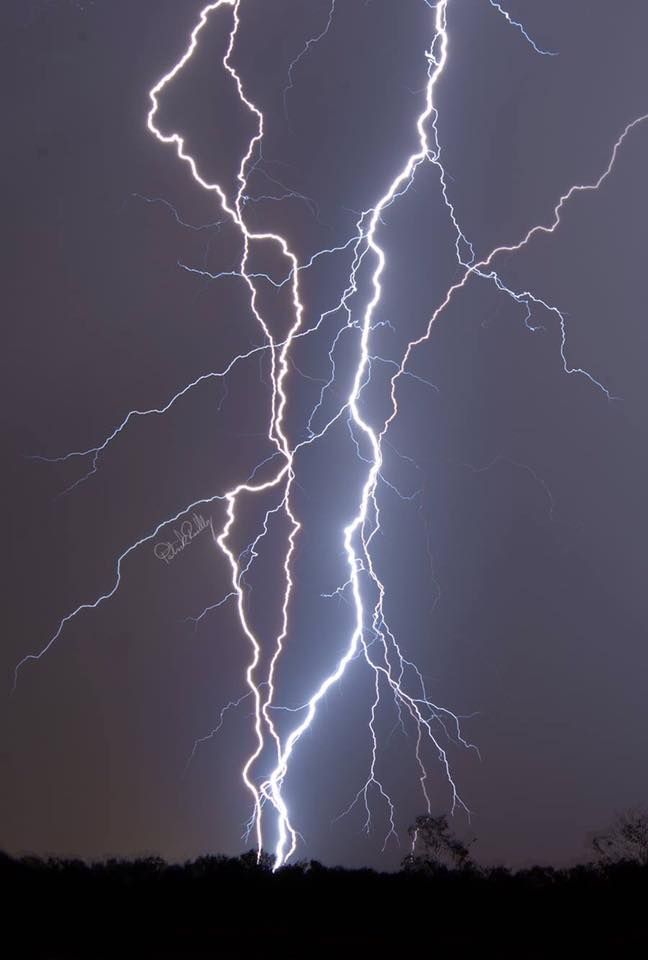 It often happens that an individual commits some illegal act, an immoral act that goes unnoticed. Or the subject unintentionally offends others and creates trouble for them. In such a situation, he has remorse. Unable to apologize and unprepared to ask for forgiveness for the wrong done, the person suffers from a destructive sense of guilt. On a subconscious level, he is waiting for punishment from above. And the natural bad weather is chosen as an object that can make a just punishment - a terrible thunderstorm.
It often happens that an individual commits some illegal act, an immoral act that goes unnoticed. Or the subject unintentionally offends others and creates trouble for them. In such a situation, he has remorse. Unable to apologize and unprepared to ask for forgiveness for the wrong done, the person suffers from a destructive sense of guilt. On a subconscious level, he is waiting for punishment from above. And the natural bad weather is chosen as an object that can make a just punishment - a terrible thunderstorm.
Very often, the fear of thunder and lightning is based on human fear of phenomena that it cannot influence. Indeed, any changes in the weather occur outside the desire and will of man. A contemporary can only prevent damage and mitigate the damage from a lightning strike. However, he cannot fully manage and control the "decisions" of nature. The inability to control the course of a thunderstorm, the inability to accurately guess the places where the fiery zigzag will fall, strengthens a person's opinion of himself as a defenseless weak creature.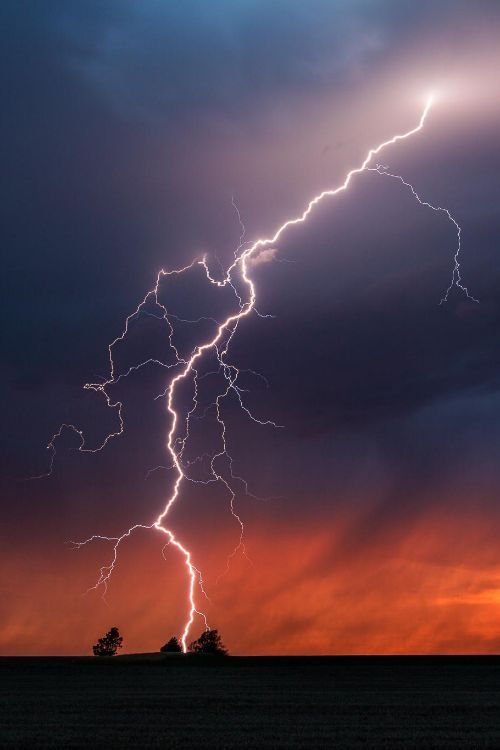 It is the feeling of one's own insecurity and the recognition of personal weakness in comparison with the forces of nature that becomes the basis for the emergence of astrapophobia.
It is the feeling of one's own insecurity and the recognition of personal weakness in comparison with the forces of nature that becomes the basis for the emergence of astrapophobia.
Often the fear of a thunderstorm takes root in a person's childhood, when adults put harmful stereotypes and attitudes into a small person. Many parents instill fear of thunderstorms in their children, arguing that "we must beware of thunderstorms, because lightning often kills people." Adults, guided by good intentions to protect their offspring, give iron arguments: “all animals anticipate a thunderstorm for a reason and try to hide in secluded places.” Accordingly, the child on a subconscious level firmly assimilates the attitudes, which eventually transform into a destructive program, the essence of which is: a thunderstorm is very scary, bad, dangerous.
An irrational fear of a thunderstorm may have real explanations. It is not uncommon for a negative personal experience gained from dealing with the terrible consequences of lightning strikes to trigger astrapophobia.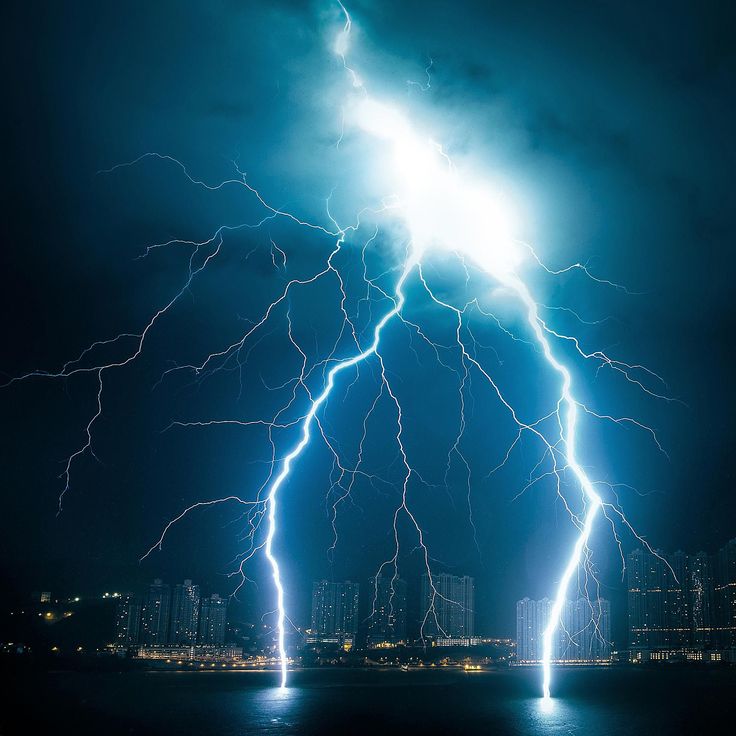 For example, a person witnessed a situation where someone was injured or died as a result of an electric charge. Or the subject personally observed how lightning hit an apartment building and caused a large fire.
For example, a person witnessed a situation where someone was injured or died as a result of an electric charge. Or the subject personally observed how lightning hit an apartment building and caused a large fire.
A certain percentage of people acquire a phobic fear of thunder and lightning after being frightened at the sight of natural bad weather. For example, the baby for the first time became an eyewitness of a raging thunderstorm. For the first time he heard loud peals of thunder, saw a fiery dance of lightning in the sky. At the same time, he was alone. The kid did not understand what was happening, and did not know that the rampant elements were a temporary phenomenon. There were no parents near him who could calm him down and explain the essence of what was happening. Accordingly, various assumptions and conjectures devoid of common sense arose in the child’s head.
On this basis, a panic irrational fear of a thunderstorm is formed.
The culprit of astrapophobia is also increased emotionality, impressionability, vulnerability, a tendency to focus on certain experiences.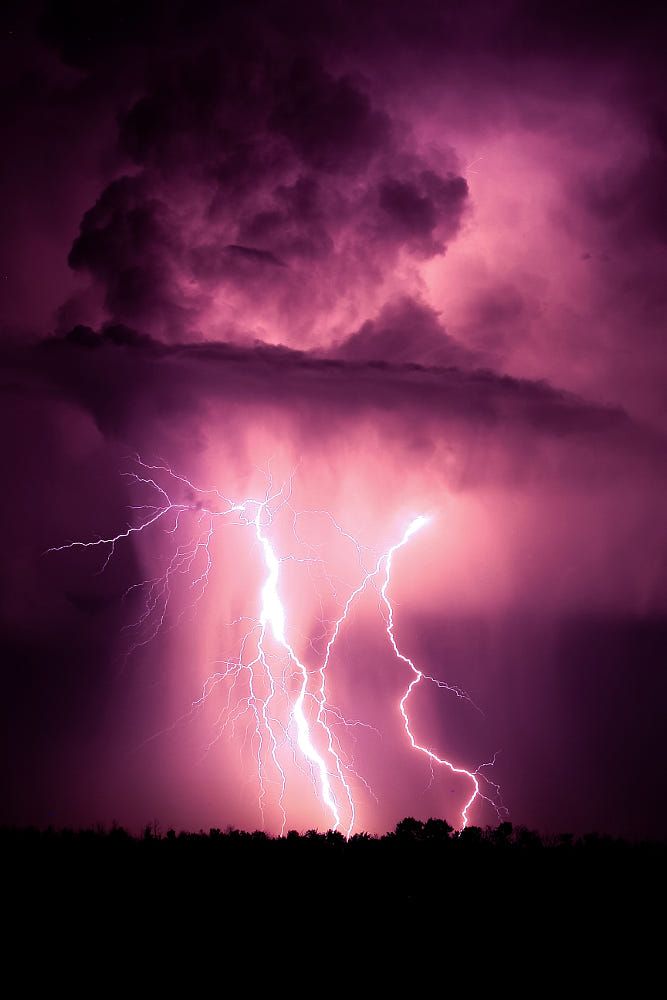 For example, a receptive nature watches apocalyptic films, where, as a result of thunderstorms, humanity disappears from the face of the Earth. He perceives fictional events as circumstances that could potentially occur in the present. He reflects on the terrible fate of mankind, as a result, such mental chewing gum leads to the start of an anxiety-phobic disorder.
For example, a receptive nature watches apocalyptic films, where, as a result of thunderstorms, humanity disappears from the face of the Earth. He perceives fictional events as circumstances that could potentially occur in the present. He reflects on the terrible fate of mankind, as a result, such mental chewing gum leads to the start of an anxiety-phobic disorder.
How obsessive fear of a thunderstorm manifests itself: signs of astrapophobia
The symptoms of an irrational fear of a thunderstorm overcome an individual not only during a period of natural bad weather. Panic attacks can trigger any mention of a thunderstorm. A person begins to tremble with horror when he sees stories about a thunderstorm on a television screen. He breaks out in a cold sweat if he hears stories that in some distant country, people were injured as a result of a lightning strike.
At the onset of bad weather, the patient feels the symptoms of panic attacks already at the first peals of thunder.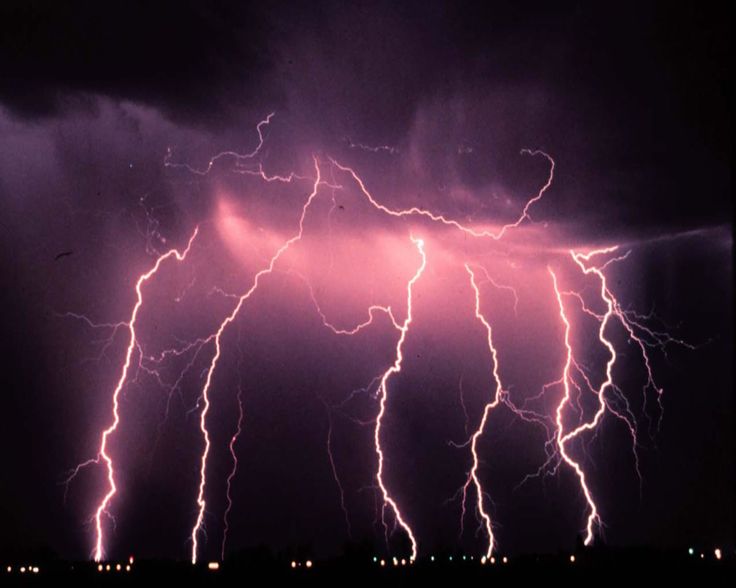 Subject is having difficulty breathing and is having difficulty taking a full breath. He feels his heart beating hard and irregularly. He is covered with a cold sticky sweat. The patient's legs give way from fear, and he cannot move. Other people, noticing a sparkling lightning in the sky, are saved by "flight". They try to find a secluded place that can protect them from a lightning strike. They hide in dark corners and close in closets. In order not to see or hear the "heavenly attack", the astrapophobe tightly closes the windows, draws the curtains, turns on the music at full volume.
Subject is having difficulty breathing and is having difficulty taking a full breath. He feels his heart beating hard and irregularly. He is covered with a cold sticky sweat. The patient's legs give way from fear, and he cannot move. Other people, noticing a sparkling lightning in the sky, are saved by "flight". They try to find a secluded place that can protect them from a lightning strike. They hide in dark corners and close in closets. In order not to see or hear the "heavenly attack", the astrapophobe tightly closes the windows, draws the curtains, turns on the music at full volume.
A sick person can turn off all electrical appliances in a hurry.
It is not uncommon for the symptoms of panic to be so severe that adults begin to act like little children. They sob heart-rendingly. They ask those around them to protect them from fiery zigzags. They demand to be taken to a safe haven. The patient assures others that he is destined to die from a fireball without fail.
The symptoms of astrapophobia are especially severe in a person if he is alone at the beginning of a thunderstorm.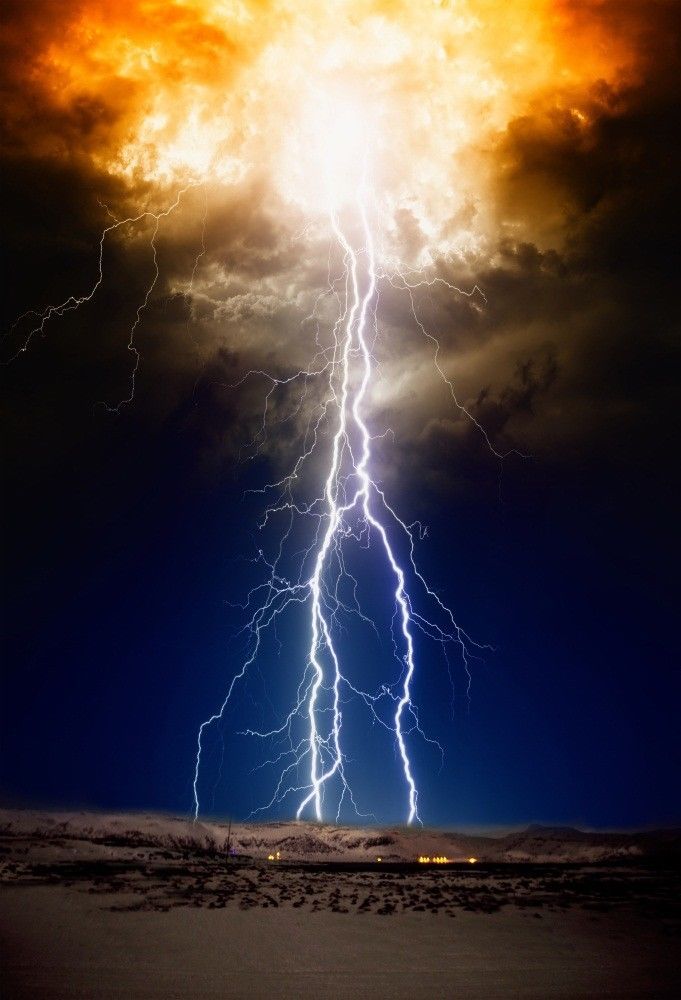 In a panic attack, he can do absurd things. For example, a person, convinced that ball lightning will penetrate his home, runs out into the street, thereby exposing himself to greater danger. If a relative or acquaintance is next to him, the astrapophobe feels more or less protected. He counts on support and believes that, if necessary, the people around him will be able to provide him with first aid.
In a panic attack, he can do absurd things. For example, a person, convinced that ball lightning will penetrate his home, runs out into the street, thereby exposing himself to greater danger. If a relative or acquaintance is next to him, the astrapophobe feels more or less protected. He counts on support and believes that, if necessary, the people around him will be able to provide him with first aid.
Another common symptom of astrapophobia is an obsession with studying weather forecasts. A person who is addicted to the fear of thunderstorms can watch a television channel broadcasting weather reports around the clock. He flips through the pages of sites informing about changing weather conditions. He firmly believes in folk signs that indicate the approach of a thunderstorm. He monitors the habits of domestic animals that can predict the beginning of a thunderstorm.
In severe astrapophobia, a person turns his home into a bunker. He carefully inspects the condition of windows and doors, not allowing there to be any gaps.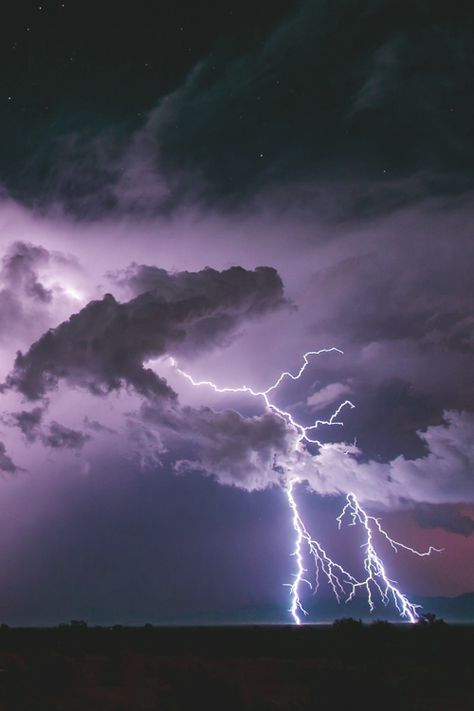 He refuses to use electrical appliances and seals up all available sockets, from which a fireball can "jump out". It blocks all ventilation openings in the apartment, from where lightning can “jump out”. After making sure that his house has become a safe haven, the patient stops leaving his apartment. He does not leave his home, even if he needs to replenish food supplies or purchase the necessary medicines. As a result, he is completely isolated from society, turning his life into an endless exhausting "struggle" with nature.
He refuses to use electrical appliances and seals up all available sockets, from which a fireball can "jump out". It blocks all ventilation openings in the apartment, from where lightning can “jump out”. After making sure that his house has become a safe haven, the patient stops leaving his apartment. He does not leave his home, even if he needs to replenish food supplies or purchase the necessary medicines. As a result, he is completely isolated from society, turning his life into an endless exhausting "struggle" with nature.
Treatment of astrapophobia: how to get rid of the fear of thunderstorms
How to overcome the obsessive fear of a thunderstorm? Fortunately, anthropophobia is a well-studied disorder that can be successfully treated. However, for a favorable outcome of the disease, it is necessary to seek medical help as soon as possible to exclude the aggravation of the symptoms of the disease. It should be remembered that in most cases it is impossible to eradicate the manifestations of a pathological fear of a thunderstorm on your own, since the disorder has an obsessive and stubborn course.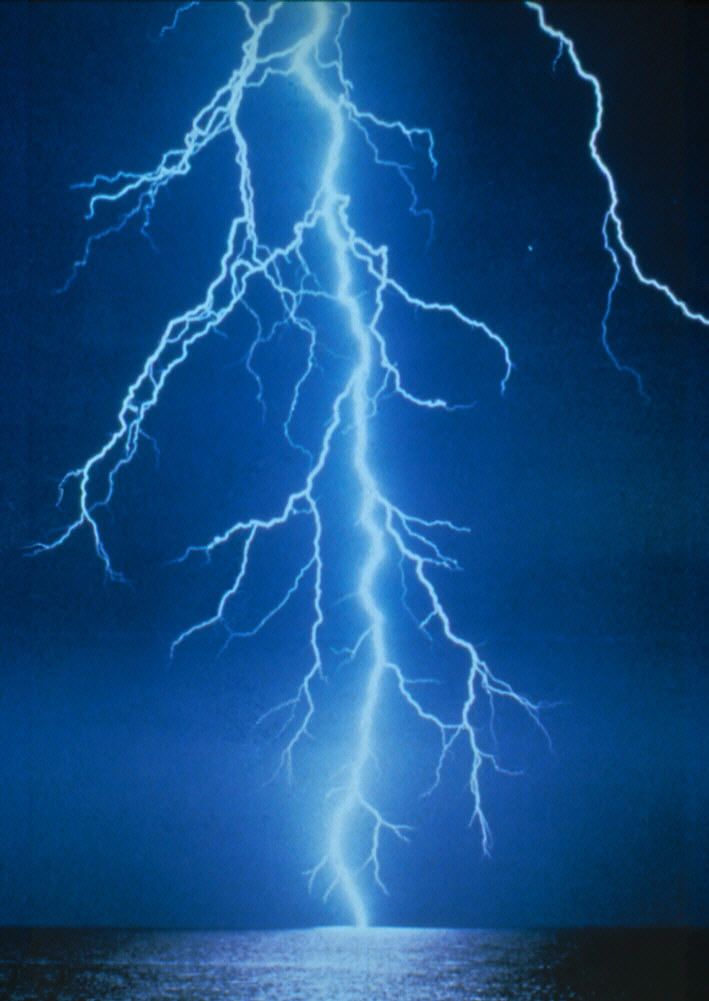
How to get rid of the fear of thunder and lightning? In the clinical practice of treating anthropophobia, it is traditionally customary to carry out activities in three directions. First of all, to stabilize the patient's condition and minimize the symptoms of panic fear, drug treatment is carried out. Benzodiazepine tranquilizers are predominantly used for astrapophobia. Benzodiazepines have a calming and anti-anxiety effect. With their help, it is possible to eliminate the painful manifestations of panic attacks.
How to stop being afraid of thunder and lightning? At the second stage, psychological work and psychotherapy are added to drug treatment. The task of the psychologist is to save the patient from the distorted perception of weather phenomena and bring to his attention truthful information about the nature of the origin of thunder and lightning. The specialist provides evidence, supporting them with accurate scientific information, about the real danger of the “heavenly element”.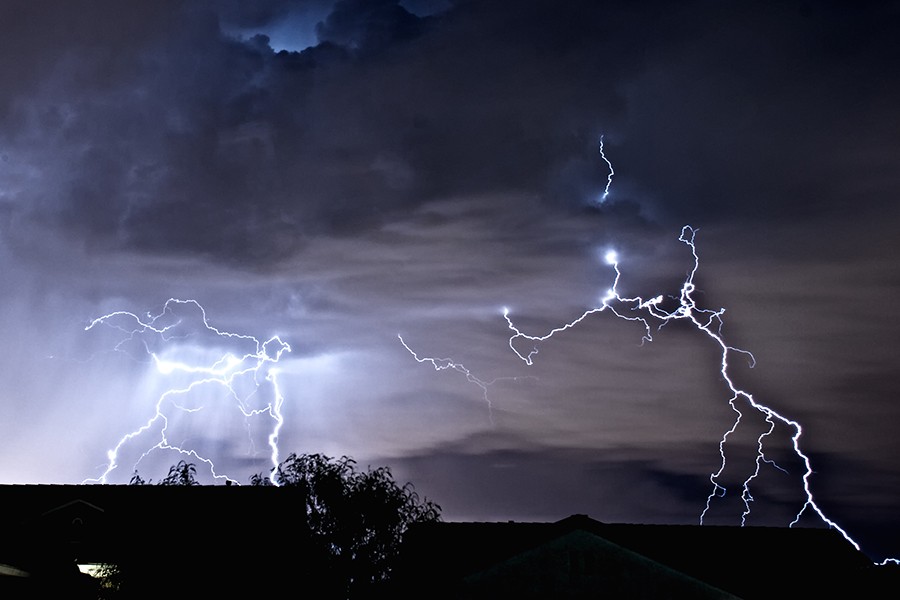 The psychologist directs his efforts to debunk false myths and harmful beliefs. A real assessment of the existing threat significantly reduces the level of fear of a thunderstorm.
The psychologist directs his efforts to debunk false myths and harmful beliefs. A real assessment of the existing threat significantly reduces the level of fear of a thunderstorm.
How to overcome the fear of thunder and lightning? An important step is to determine the causes that gave rise to astrapophobia. During psychotherapeutic sessions, the doctor helps the patient to identify non-constructive and interfering stereotypical attitudes, inspired from the outside. A person gets the opportunity not only to detect harmful components of thinking, but also to acquire constructive thoughts and ideas. At psychotherapeutic sessions, the individual receives the skills to manage and control his emotions.
How to reduce the fear of a thunderstorm? With astrapophobia, doctors advise following the recommendations below.

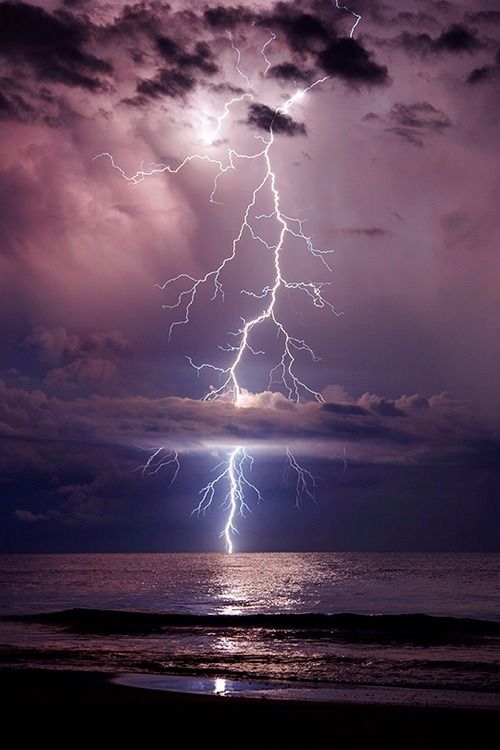 Also, don't lie down on the ground.
Also, don't lie down on the ground. Remember that the chance of being killed by lightning is one in two million. A person has the same chance of dying suddenly if he falls out of bed during sleep.
Are you afraid of thunder and lightning?
Many people suffer from this irrational fear.
If you have ever experienced fear during a thunderstorm, remember that you are not the only one.
Approximately sixteen million lightning storms occur worldwide each year.
Lightning can be defined as an electrostatic discharge in the atmosphere that is usually accompanied by thunder.
These natural phenomena occur during thunderstorms, and in some cases, during dust storms or volcanic eruptions.
An interesting fact about lightning is that it can move at speeds as high as 220,000 km/h (140,000 mph) and its temperature can reach 30,000°C (54,000°F). At this temperature, silica can coalesce into glass channels called fulgurites.
Lightning contributes to the ionization of the air through which it passes, which leads to the formation of nitric acid and nitric oxide, which are very beneficial for plants.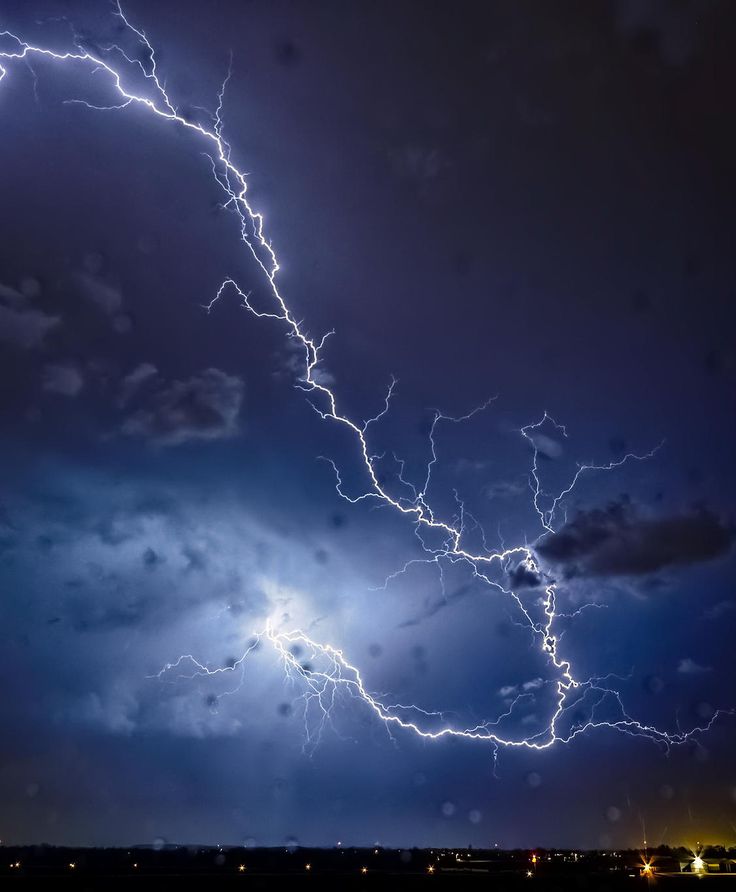 Apparently, lightning can also occur inside the ash cloud generated by volcanic eruptions. It can also be caused by severe forest fires.
Apparently, lightning can also occur inside the ash cloud generated by volcanic eruptions. It can also be caused by severe forest fires.
Another interesting fact is that no one can say for sure how lightning is initially formed. According to scientific theories, lightning may be due to the accumulation of charged solar particles and atmospheric disturbances such as barometric pressure, friction, wind, humidity, or the effects of the solar wind.
The key element in the formation of lightning is said to be the ice within the cloud, which can cause the positive and negative charges within the cloud to separate.
There is a phobia based on the fear of thunder and lightning called astrophobia. Storms are undoubtedly impressive natural phenomena that can cause very strong emotions in humans and animals.
While some love to watch thunderstorms, others don't know where to hide. Some people like to go out during such storms, thereby risking their lives, while others develop this phobia.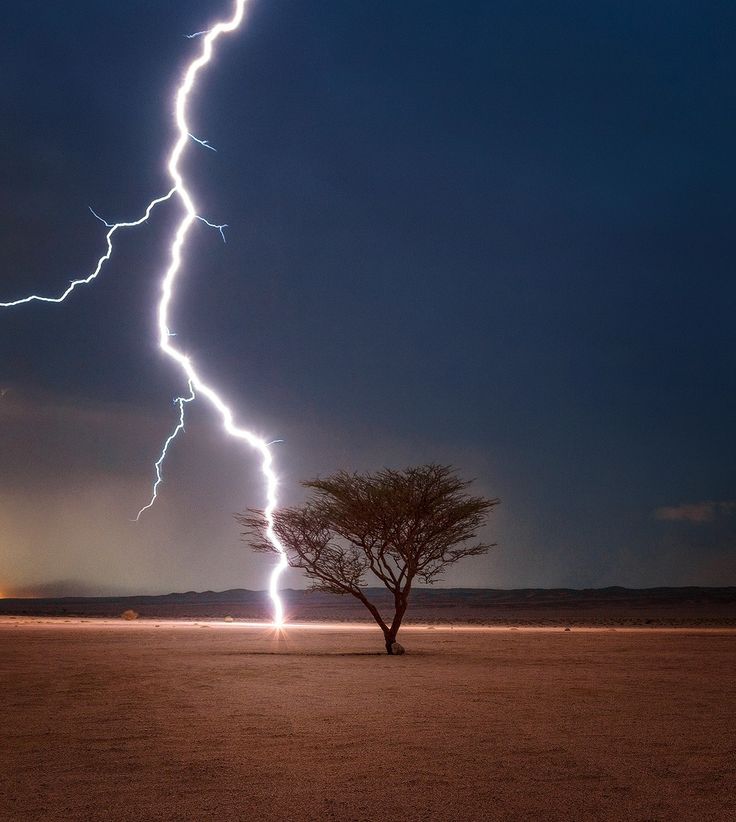
Some of the symptoms of astraphobia are very similar to those of other phobias. Symptoms of astrophobia include crying, sweating, shivering during or just before a thunderstorm.
People suffering from this phobia need support from other people, while the symptoms may worsen if the person is left all alone. In addition to this, people who manifest their fear of thunderstorms seek shelter beyond the limits of normal behavior. For example, such a person may hide under a bed or under a blanket.
Other manifestations of strangeness are seeking refuge in the closet, in the basement, in the bathroom. Closing the curtains to isolate yourself from the sound of a thunderstorm is also a sign of astrophobia.
Another fairly common symptom is an obsession with weather forecasts. Thus, a person suffering from astrophobia prefers to leave TV on weather forecast channels, especially during the rainy season, or search the Internet for storm warnings.
In more severe cases, people may be afraid to leave their homes without first checking the weather forecast for any possible occurrences of thunder and lightning. In some rather dangerous environments, astraphobia can eventually lead to agoraphobia, or the fear of leaving the house.
In some rather dangerous environments, astraphobia can eventually lead to agoraphobia, or the fear of leaving the house.
Astraphobia is extremely common in children, because basically all children are afraid of thunderstorms, so this should not be taken too seriously. Fears are an integral part of every child's development and therefore they are not diagnosed as phobias unless they last more than six months.
The best thing you can do is try to calm yourself and comfort the children. Children tend to imitate the examples and behavior of adults, both positive and negative. Therefore, it is necessary to prepare in advance some fun activities in case of rainy, stormy weather. But if the fear continues to manifest itself in a severe form and exceeds a six-month period, you should consider treating your child.
In the treatment of astraphobia, doctors most often use the cognitive-behavioral technique. Such treatment includes soothing messages to be repeated during thunderstorms to drive out negative thoughts.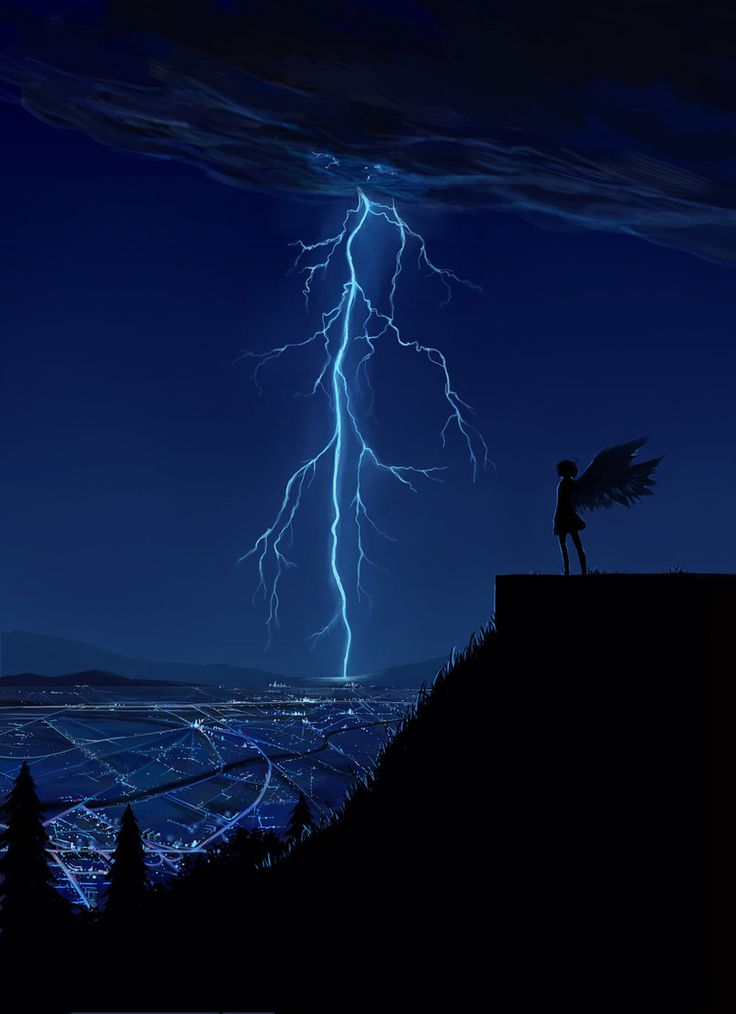 Visual exercises are also used to get rid of such irrational fears.
Visual exercises are also used to get rid of such irrational fears.
Heavy rain, thunder, flashing lightning - all this causes the strongest fear in many people. The fear of thunderstorms is called brontophobia.
Brontophobia — fear of thunderstorms
Everyone has heard about the tragic cases when people died during a thunderstorm: someone hid under a tree, someone was in a reservoir or near it, someone had ball lightning in an open window ... This is only increases the fear. This fear must be fought.
Who is prone to brontophobia
Fear of thunderstorms in people of all ages is a serious mental illness, the treatment of which at the initial or intermediate stage should be carried out by psychotherapists. The advanced form of the disease is already eliminated in clinics with the use of sedatives, tranquilizers and hypnosis sessions.
Children and adults can be afraid of thunder. In children, subconscious fear may be associated with a lack of understanding of the causes of this natural phenomenon.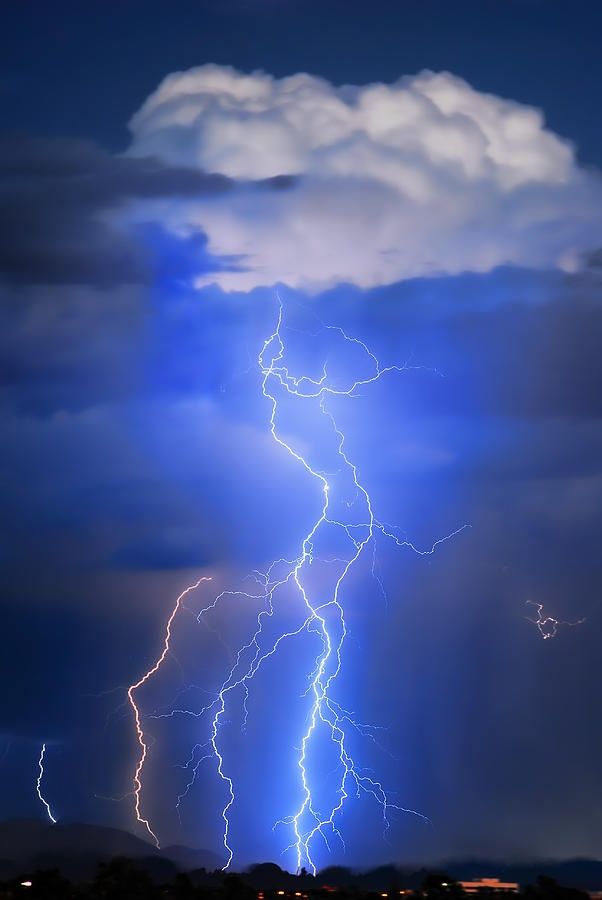 Thunder reminds adults of terrible events associated with a thunderstorm.
Thunder reminds adults of terrible events associated with a thunderstorm.
Pious people may be afraid of thunder, regarding it as God's punishment for various earthly sins. Superstitious people can associate omens with a thunderstorm.
The main signs of brontophobia
Each person's fear of thunderstorms manifests itself in different ways.
A child or an adult may feel worse at the sight of black clouds covering the sky:
- sweat on the face or body;
- increased heart rate;
- increased blood pressure;
- there is a feeling of anxiety, accompanied by trembling in the body, developing into a panic state.
If a bad weather finds a brontophobe on the street, he will nervously, and sometimes even hysterically, ask those around him to let him into a closed room, where he could hide from the rain with a thunderstorm.
In such cases, others should respond correctly to the inappropriate behavior of strangers, realizing that their incomprehensible nervousness is caused by illness.
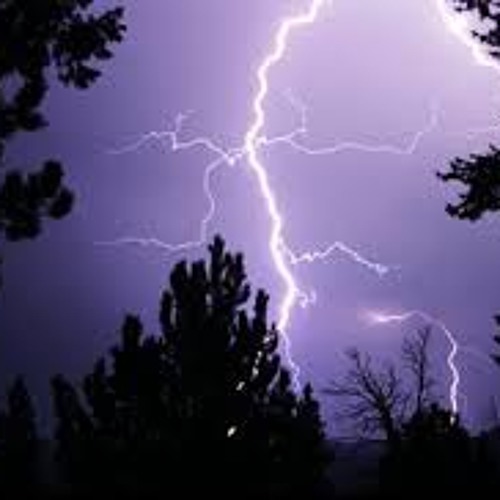
At the time of a thunderstorm, you need to show maximum attention to such people, and if necessary, even call an ambulance.
If household members observe crying in their children or adult family members for several years, a desire to hide under the covers, in the bathroom or toilet in order to remove themselves from the sounds of thunder and lightning flashes, then this should be a signal that a close relative needs urgent treatment .
If a child or adult hides under a blanket from a thunderstorm, he may suffer from brontophobia
Ways to resist fear
There are a lot of tips on how to resist the inner fear of a thunderstorm.
Parents whose children are in a state of panic before the start of a thunderstorm should explain to them that there is nothing terrible in this natural phenomenon. Adults need to explain what causes thunder and lightning in the sky.
A child, and sometimes even an adult, needs to be told how to behave correctly during thunderstorm weather: where you can and where you cannot be during this period.
In the old days, children and adults were treated for inexplicable inner horrors with the help of incantations. Some people today use conspiracies to get rid of fears.
- do household chores;
- put on headphones and listen to music that drowns out the thunder;
- read aloud verses or amulets;
- talk with family about extraneous topics.
It is possible to overcome fear with the help of willpower or the help of household members. When this does not help, it is recommended to consult a doctor.
Reading will help distract from loud noises
Qualified medical assistance
Psychotherapists work in each polyclinic. When you can’t cope on your own with overcoming a phobia, you need to contact a specialist. The psychotherapist will find out the causes of fear and prescribe a course of treatment. It could be:
- Anxiolytic and psychopathic sedative tablets.
- Group sessions with people suffering from brontophobia.
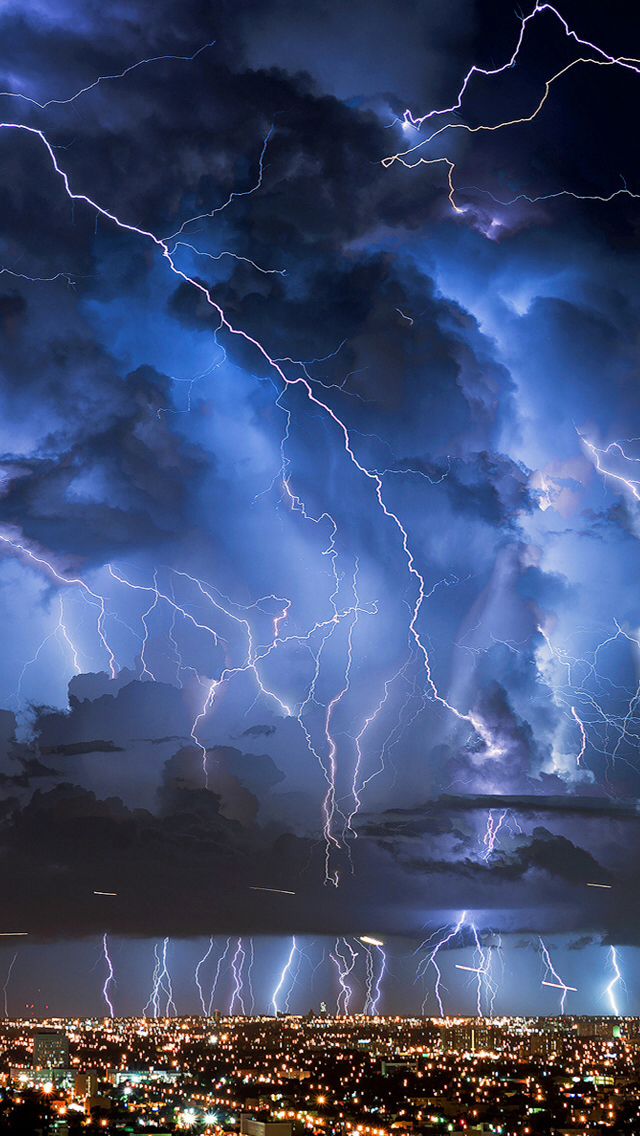 During such meetings, patients communicate with each other, share their experiences, with the help of which they try to overcome their own fear. This form of treatment helps many to understand themselves and understand what causes the appearance of fear.
During such meetings, patients communicate with each other, share their experiences, with the help of which they try to overcome their own fear. This form of treatment helps many to understand themselves and understand what causes the appearance of fear. - Hypnosis sessions during which patients are told that they should not be afraid of a thunderstorm when it does not threaten life and health.
- When outpatient methods fail to cope with brontophobia, people are sent for treatment to psychiatric clinics, where they undergo a general strengthening course of treatment. Patients are given intravenous vitamins and tranquilizers. Psychoanalysts and hypnotists work with people.
- Exercise;
- More often to be in the fresh air, surrounded by friends and loved ones;
- Learn to relax, not get hung up on stress;
- Try not to give in to panic and anxiety, which give rise to unreasonable fears;
- Constantly engage in auto-training, forcing yourself not to respond to external stimuli;
- Change your usual way of life, surround yourself with positive.
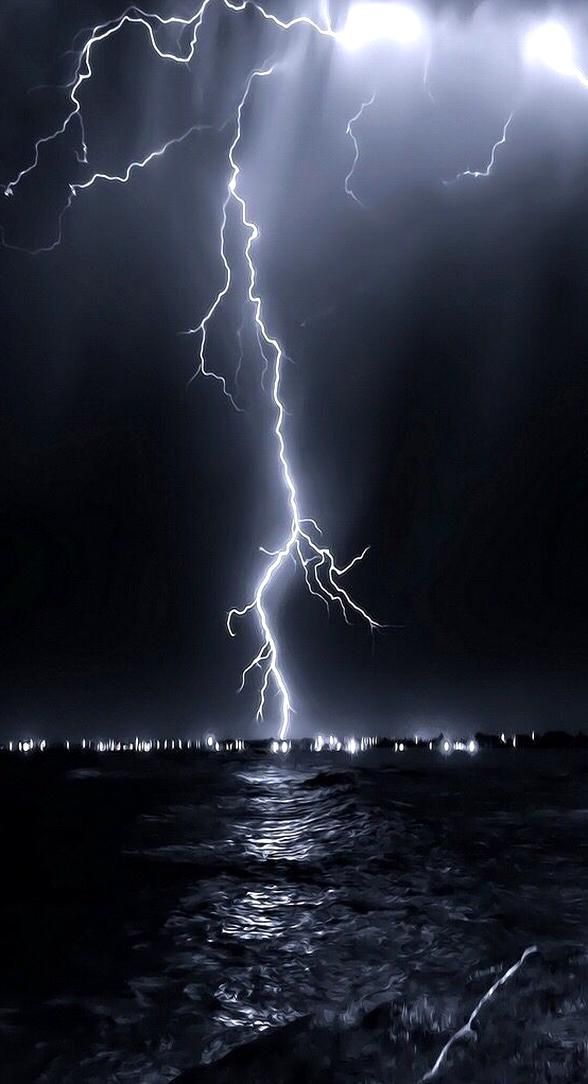
In the fight against brontophobia, a person's personal desire to conquer his fear is of great importance. Any fear acquired in society will definitely recede when the doctor and his patient make every effort to do so.
This primal fear causes goosebumps when faced with thunder. The sound chills to the very marrow of your bones, splits your normally calm state into pieces and makes you tremble, afraid, and longing to flee. To cope with your fear of thunderstorms, learn the following methods and stop being afraid of subsequent rumblings.
Steps
- 1 Try to learn more about the thunderstorm. If you do your research, you will find that a thunderstorm is not as scary as it seems. Very few accidents, as a result of lightning strikes, happen to those who are indoors. Lightning will always strike the nearest conductive object in its area of effect, and if you are indoors, it is unlikely to be you.
- 2 Be confident in friends and family.
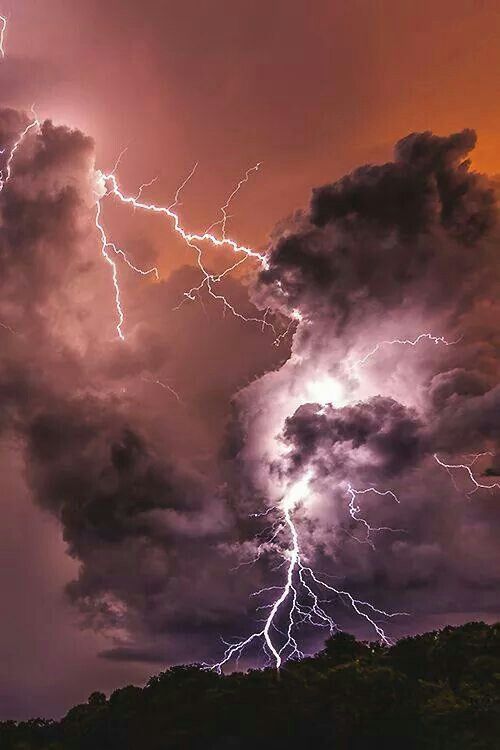 If they tell you there's nothing to worry about, believe them. This is true. Remember that this is just a bunch of noise that seems to be trying to scare you. If you fall for this bait, then each time you will be more and more scared.
If they tell you there's nothing to worry about, believe them. This is true. Remember that this is just a bunch of noise that seems to be trying to scare you. If you fall for this bait, then each time you will be more and more scared. - 3 Distract yourself from loud noises and blinding flashes. Find a place to do something you love, like reading a book or watching TV.
- 4 Use your imagination. Imagine that the flares are just light from a party in the sky. Imagine kicking the ground from dancing. With a cheerful picture in your head, it's easier to survive a thunderstorm. In fact, you might even love it!
- 5 Make a list of songs you love that you think will help you relax during a thunderstorm. Burn them to CD or your iPod/MP3 player. If possible, use headphones. You can turn it on so that it blocks out the noise of the storm, but don't set the volume to a level that will just rip your ears off. Ask someone to stand a meter/one and a half from you.
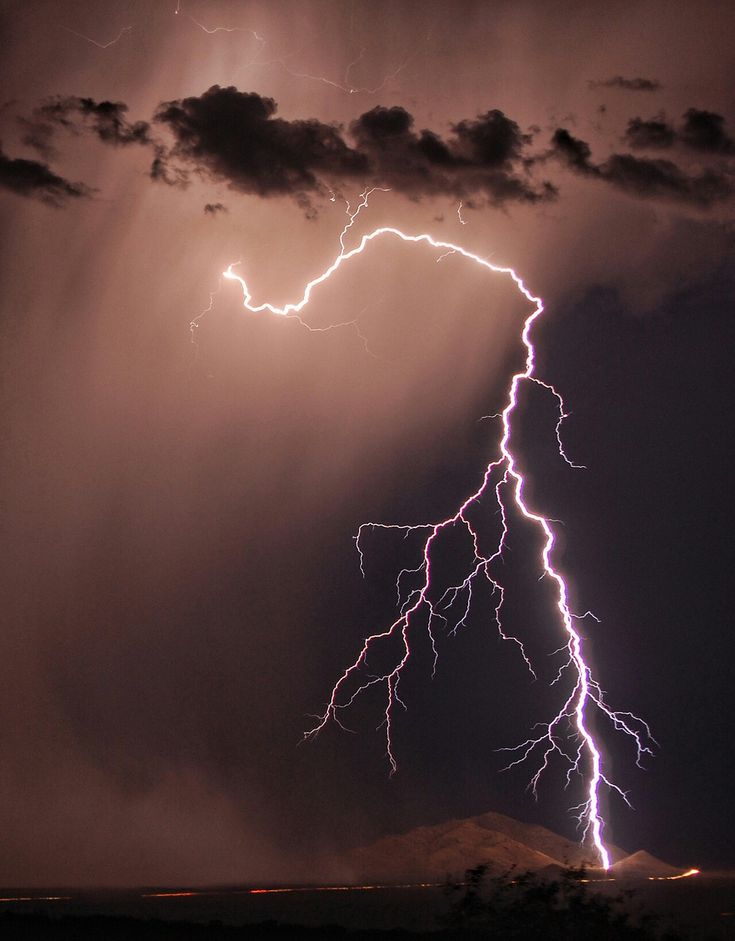 If they can hear the music coming out of the headphones, then it's too loud. If that's actually enough for you, you can buy noise-canceling headphones that let you shut out the outside world while still listening to your favorite songs.
If they can hear the music coming out of the headphones, then it's too loud. If that's actually enough for you, you can buy noise-canceling headphones that let you shut out the outside world while still listening to your favorite songs.
- Snuggle into your favorite soft toy or blanket. These things will always make you feel better and make your heart feel safe.
- If your heart is beating too fast, inhale deeply through your nose and exhale through your mouth.
- Close your windows and try to think about happy things. Also, turn on some music if possible.
- If a thunderstorm starts at night, don't be afraid to climb into bed with family members. You should not be ashamed of your fear. Don't assume that people always want you to be brave, even if they say you are. Everyone is afraid of something.
- If you have a friend, brother or sister near you during a thunderstorm, build a small tent, use blankets and pillows to distract you, then climb into the tent along with food, animal toys, laptop/phone/iPod, music, book and a flashlight.
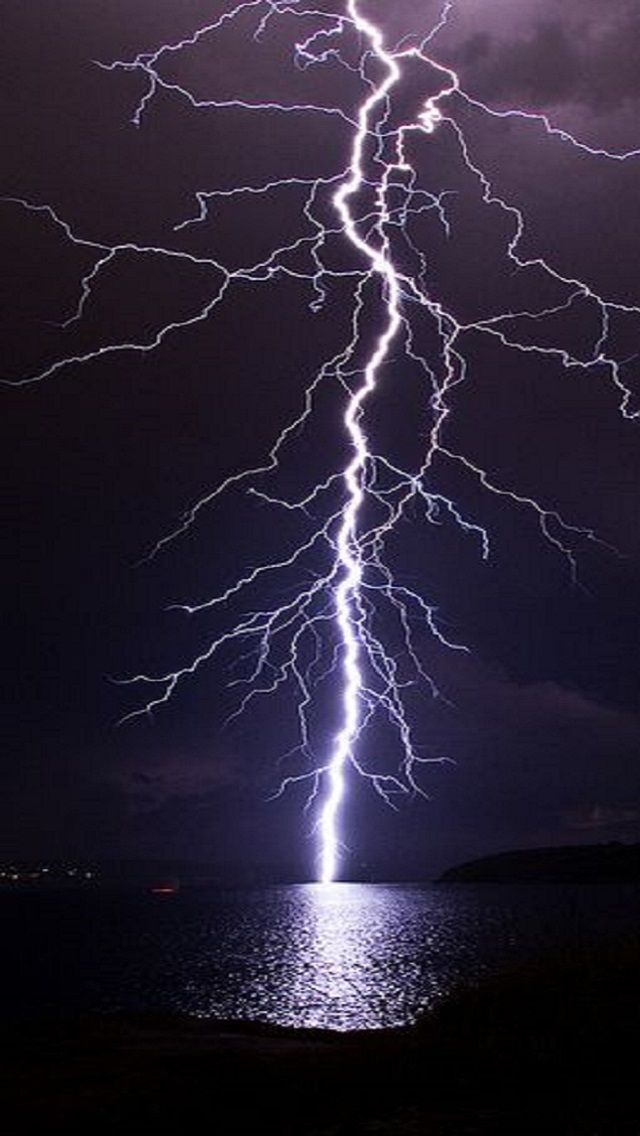 Turn off all lights and turn on your flashlight, pretending you're on a hike! You will feel comfortable in your little house.
Turn off all lights and turn on your flashlight, pretending you're on a hike! You will feel comfortable in your little house. - Don't be afraid to wake up your mom or dad if they can make you feel better.
- Try to think of something that makes you happy and calm.
- Watch the local weather channel and find out how strong the storm is and if it leaves your area.
- If you have to go to school, go with a friend. He will keep you company and, we hope, cheer you up!
- Talk to your school counselor if these tips don't help. He will also tell you how to deal with your fears.
- Take up your hobby indoors to ride out the storm.
Warnings
- Don't take it lightly - severe thunderstorms can (and sometimes do) cause this. If a thunderstorm is strong enough to cause damage to your home, be prepared to take extreme measures. If you hear a siren from the street, you need to go down to the basement or hide in the bathroom.
